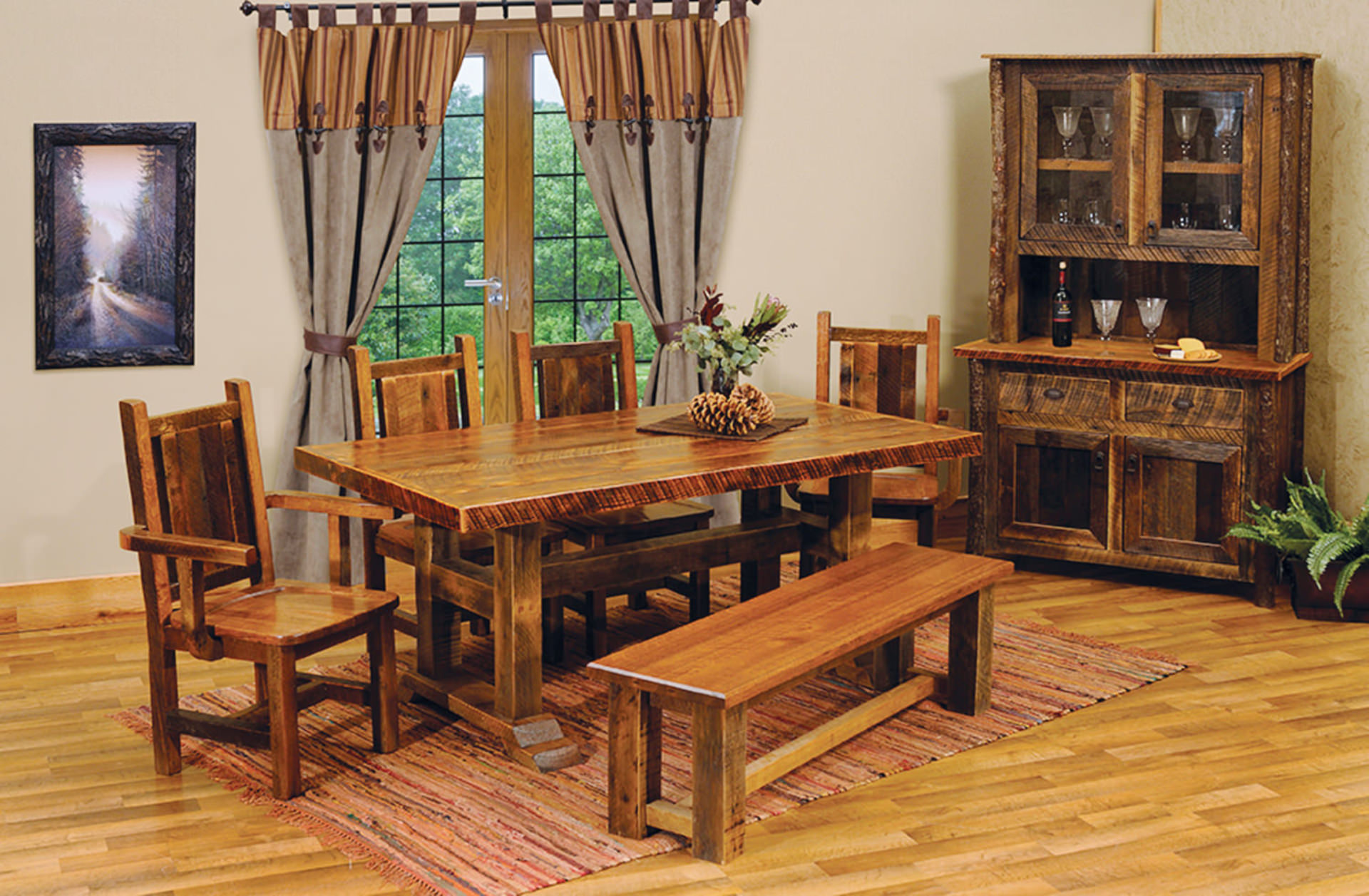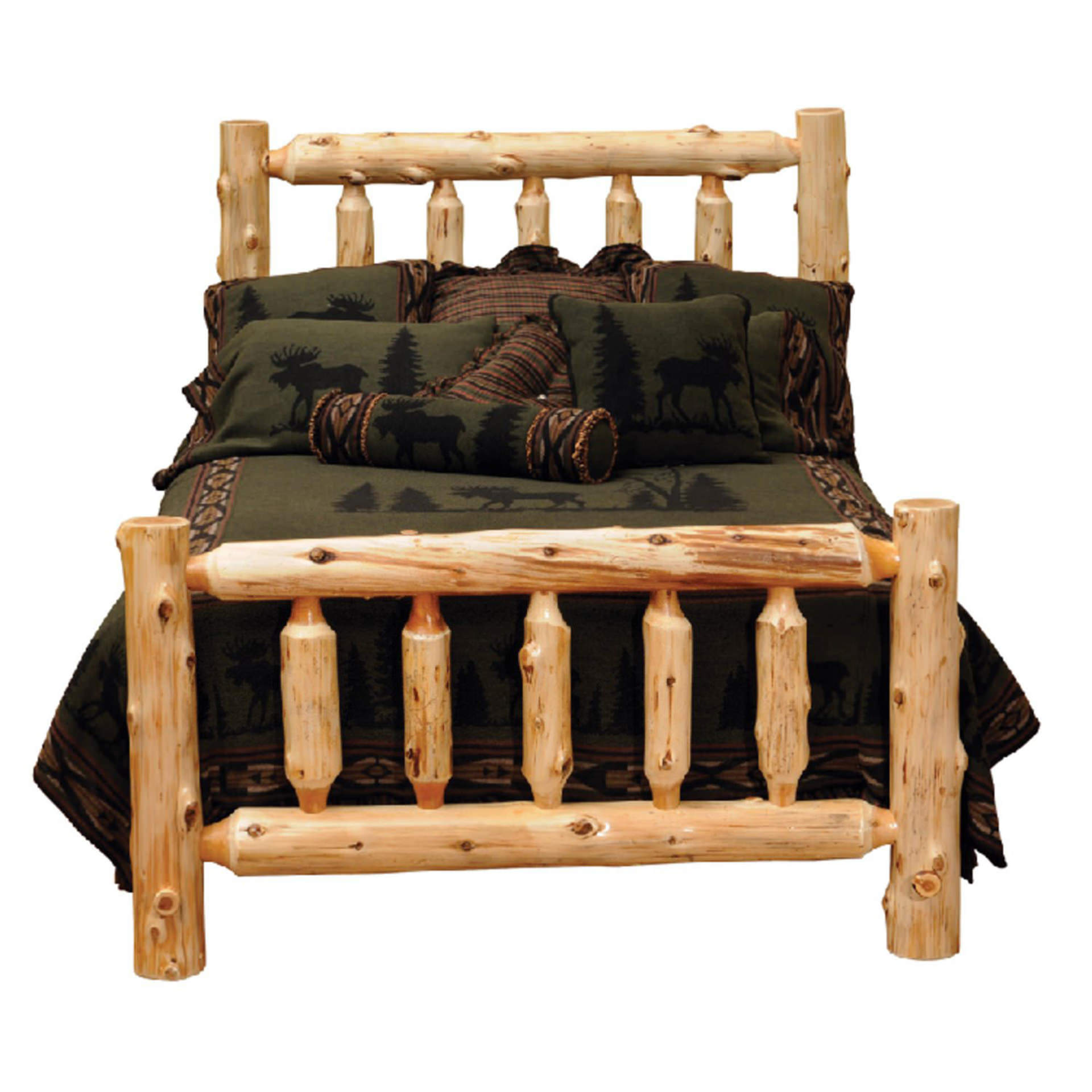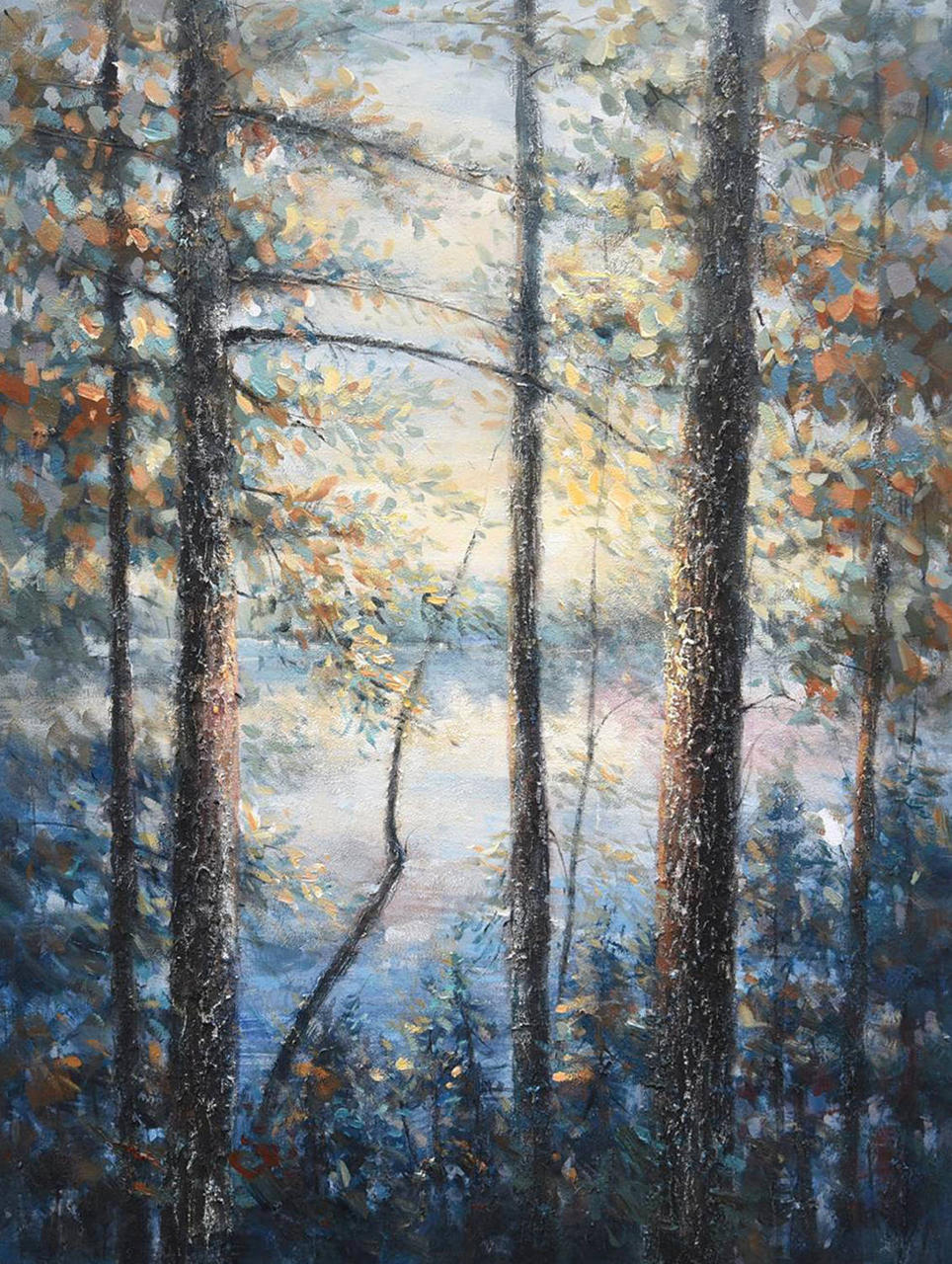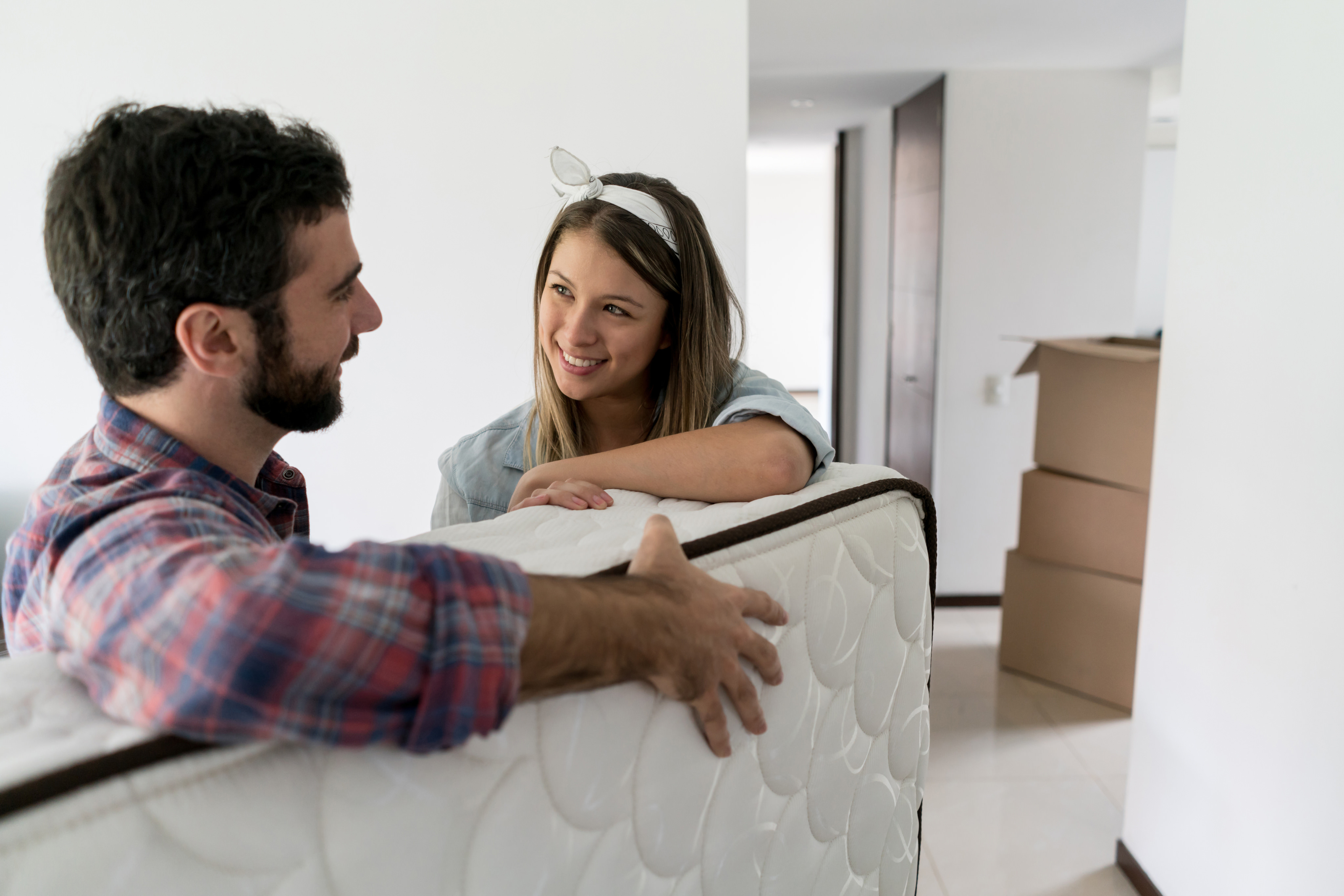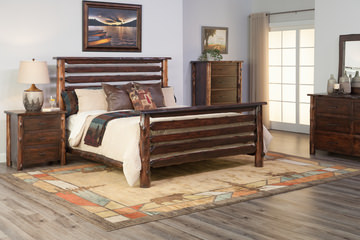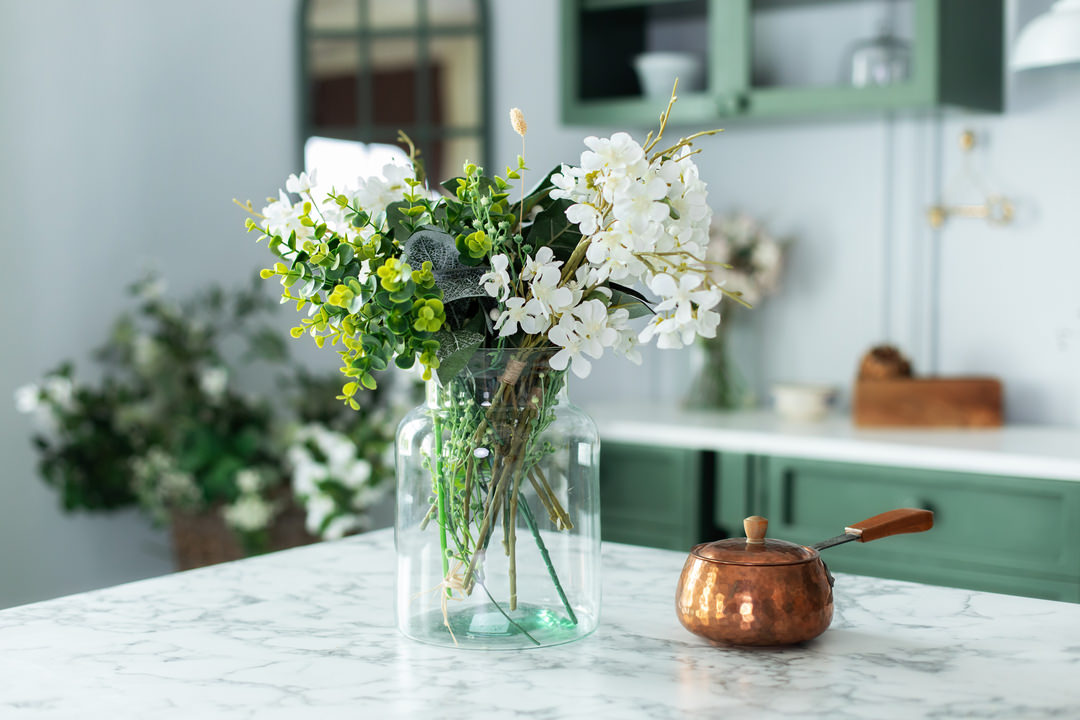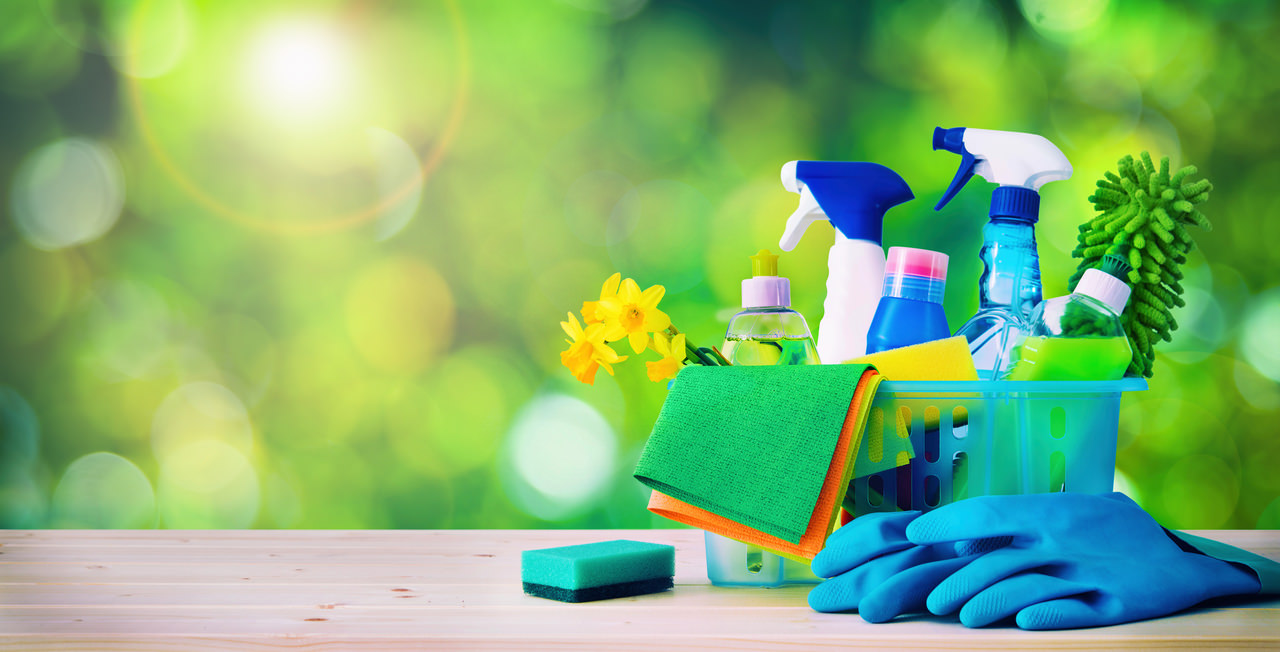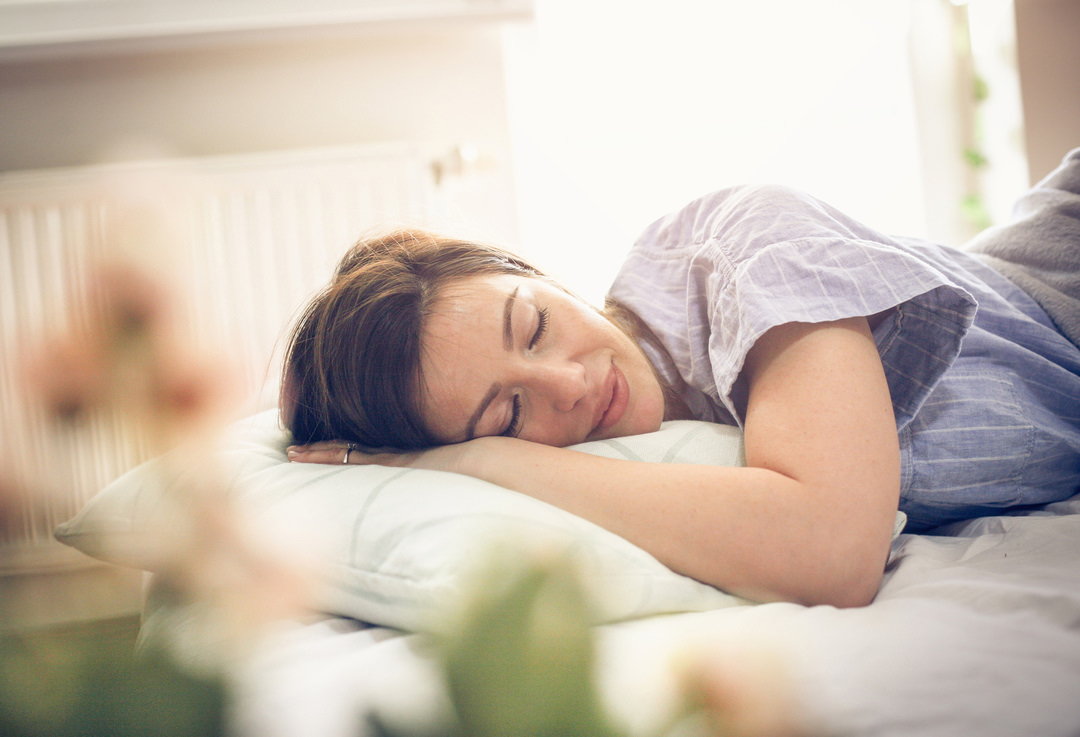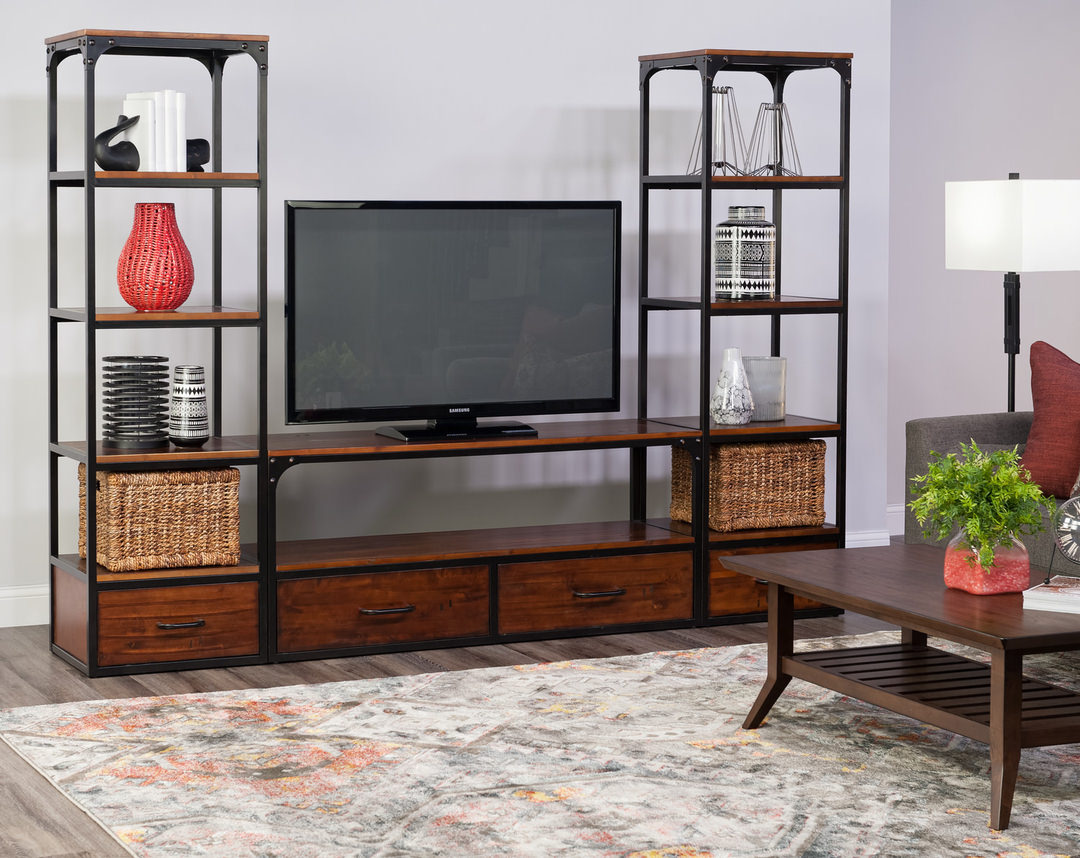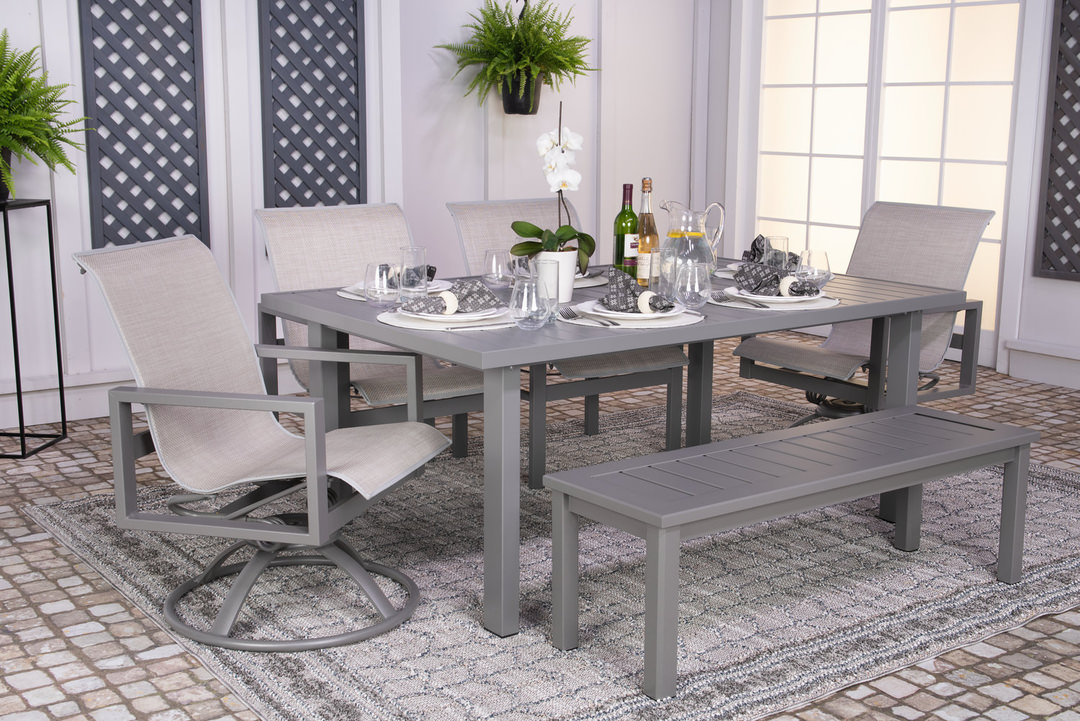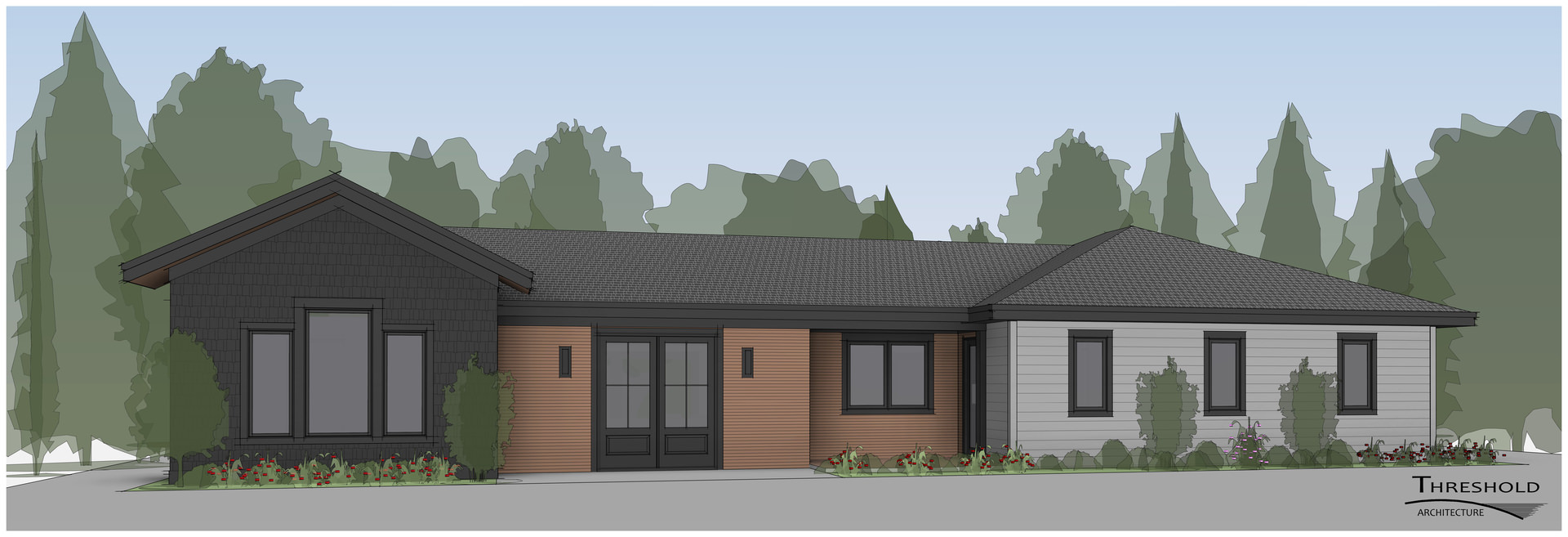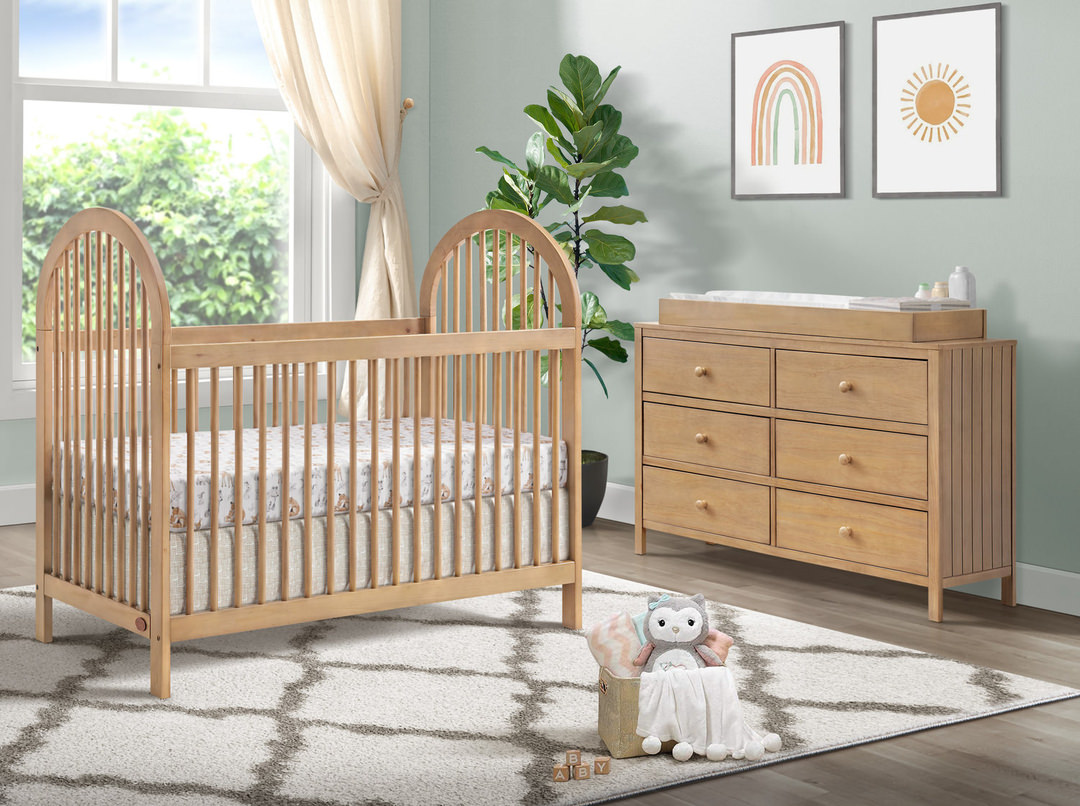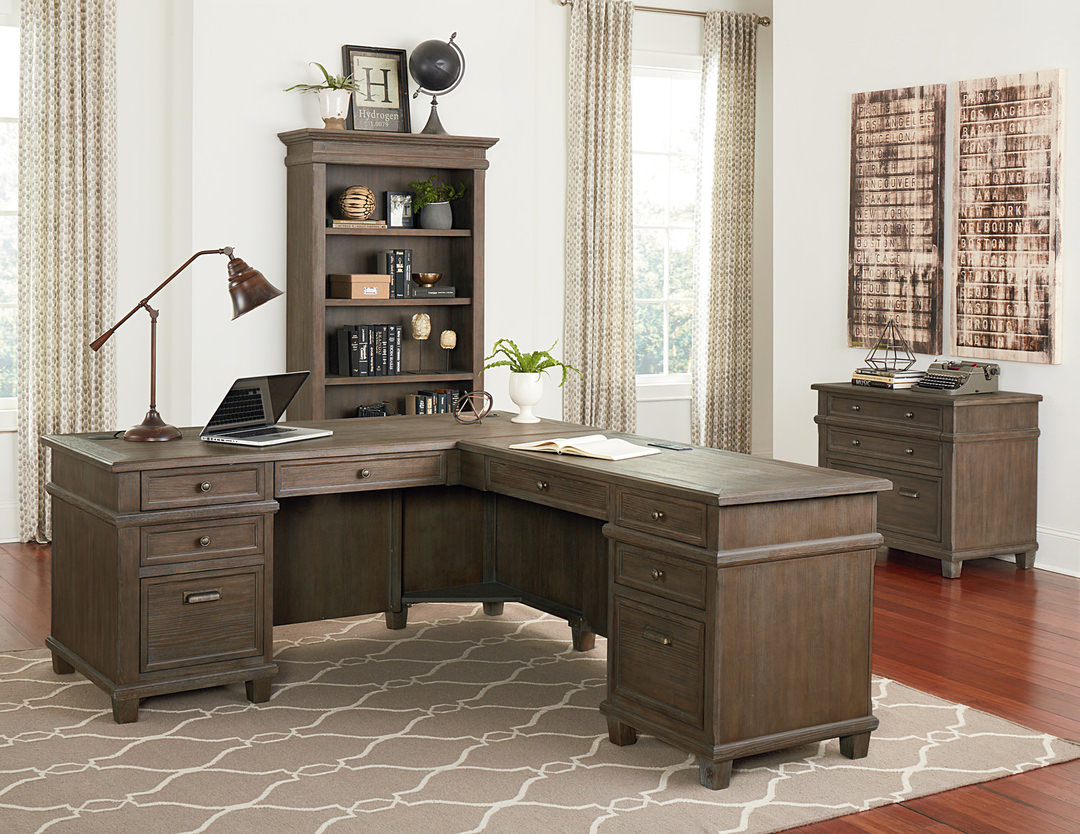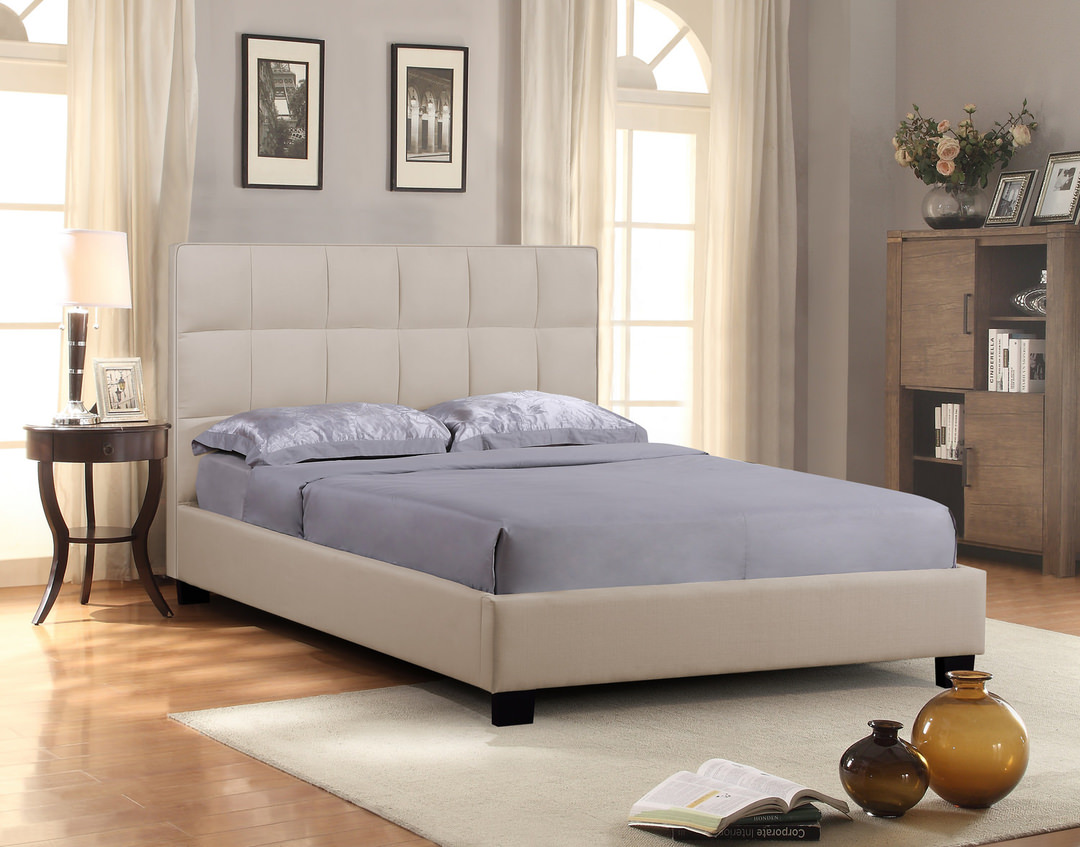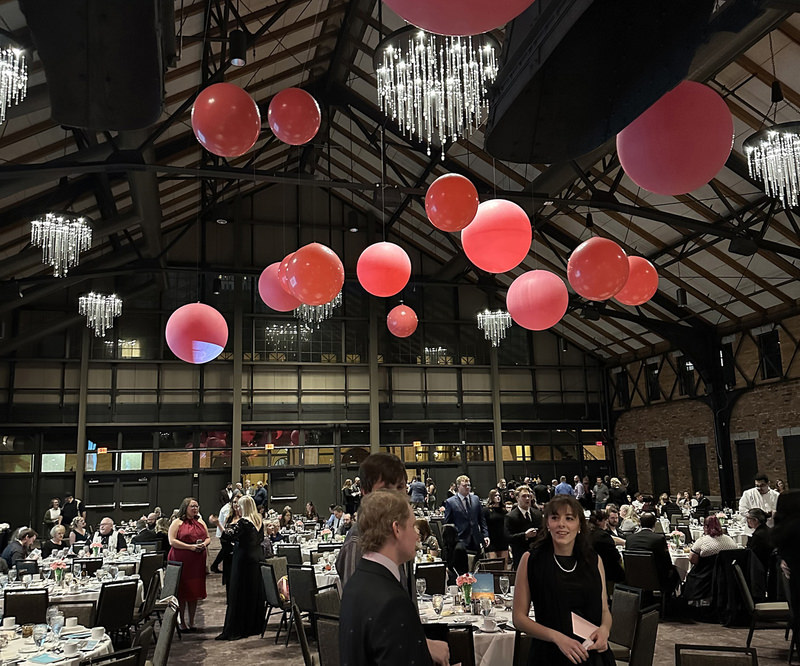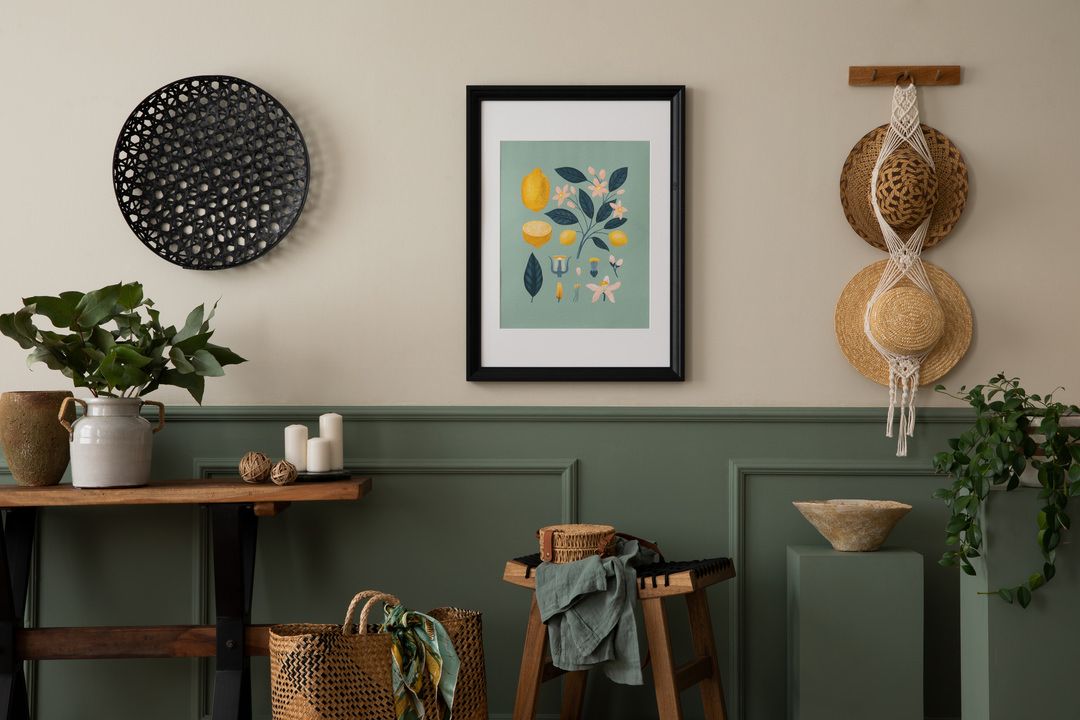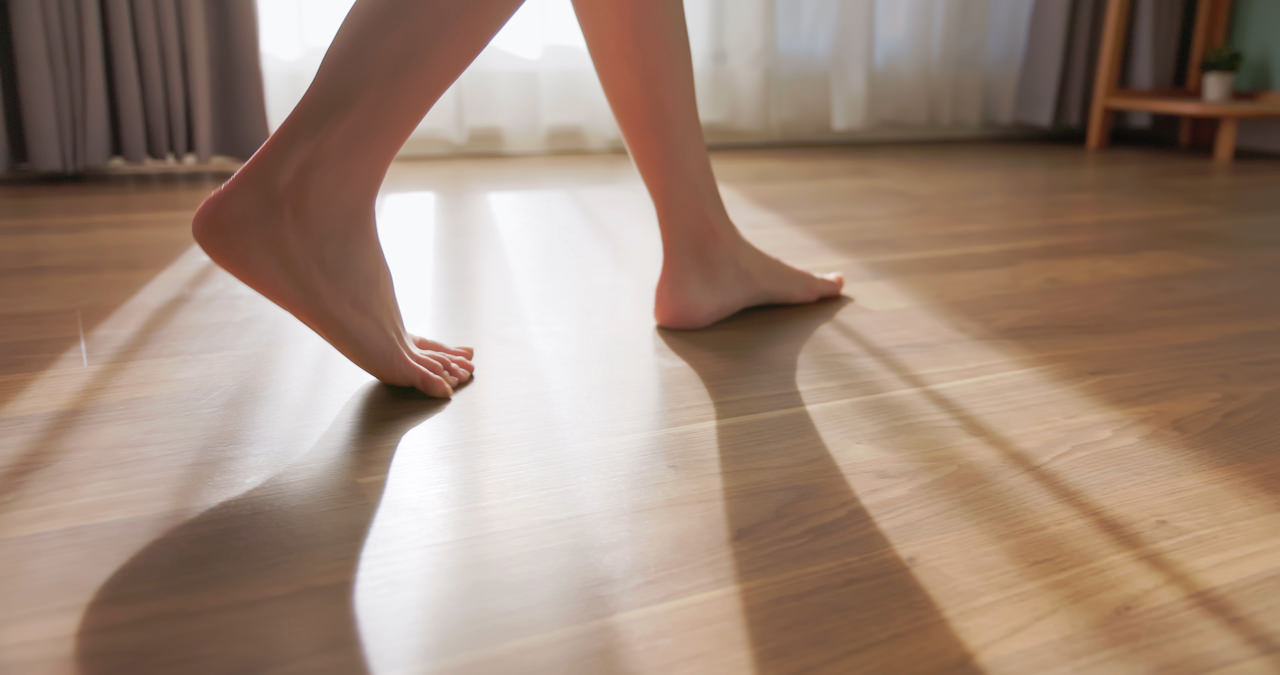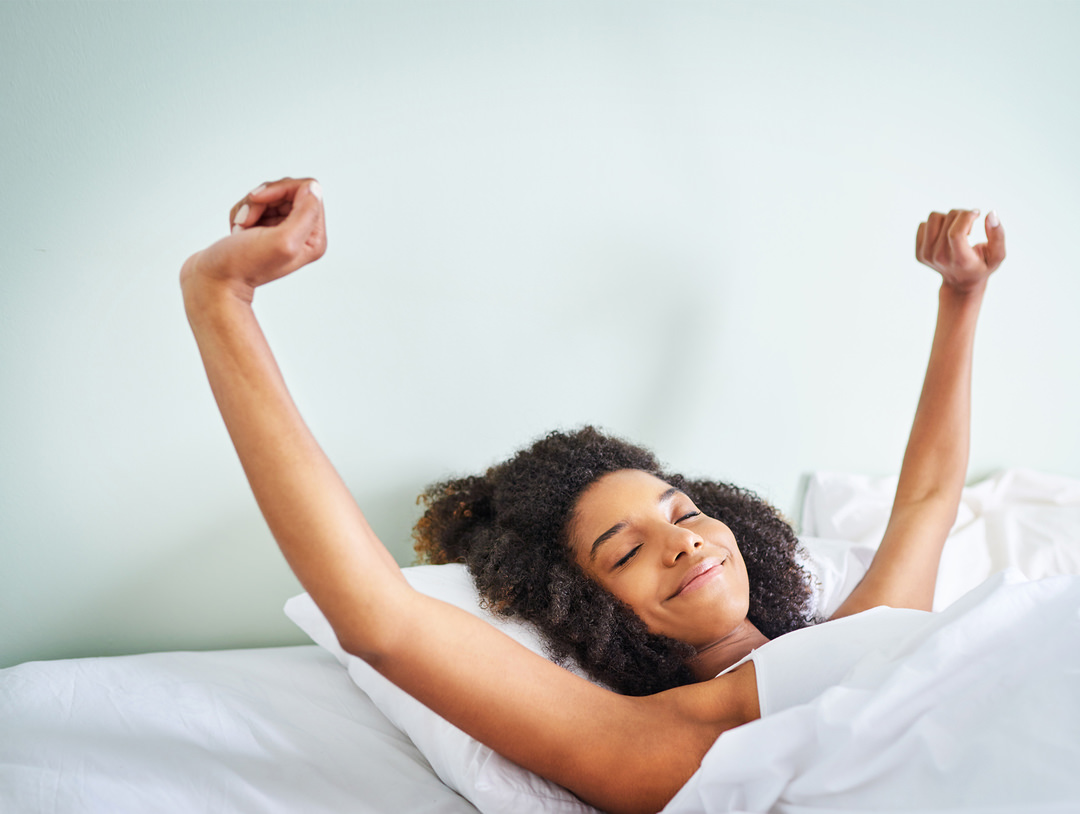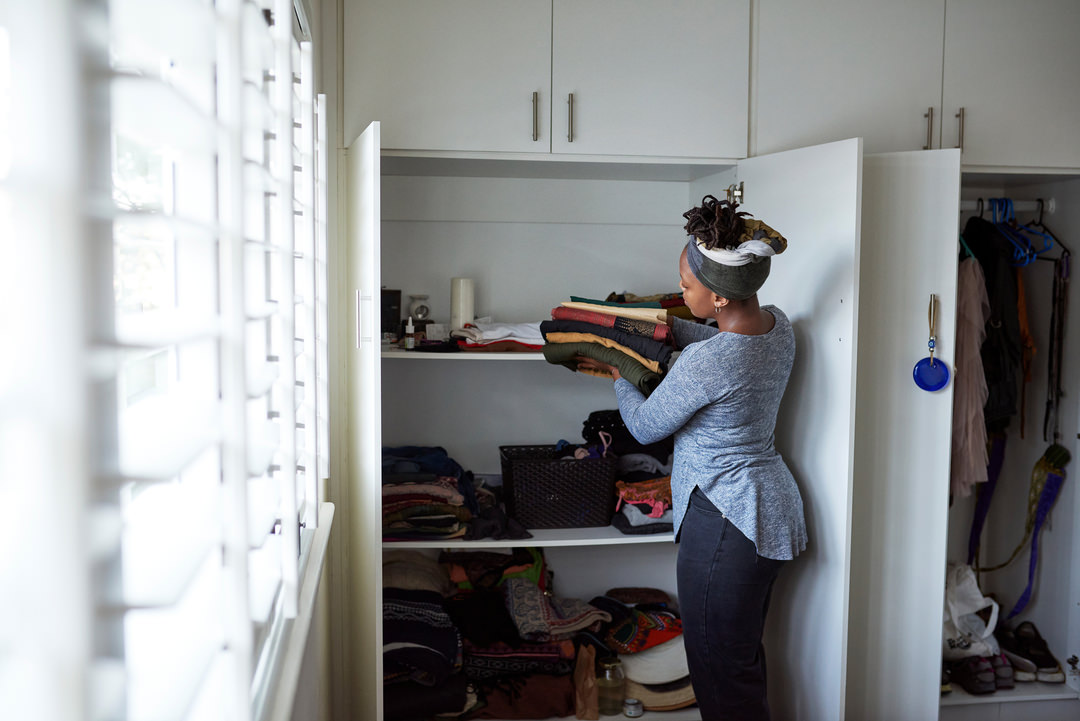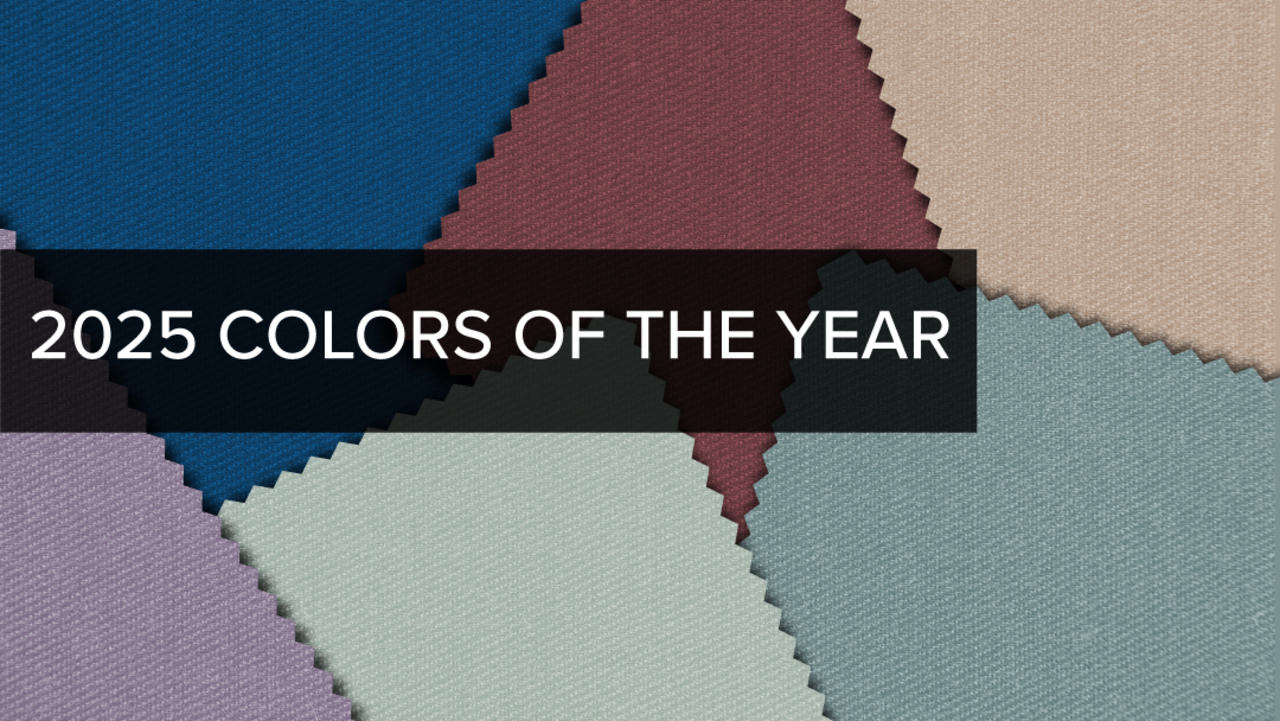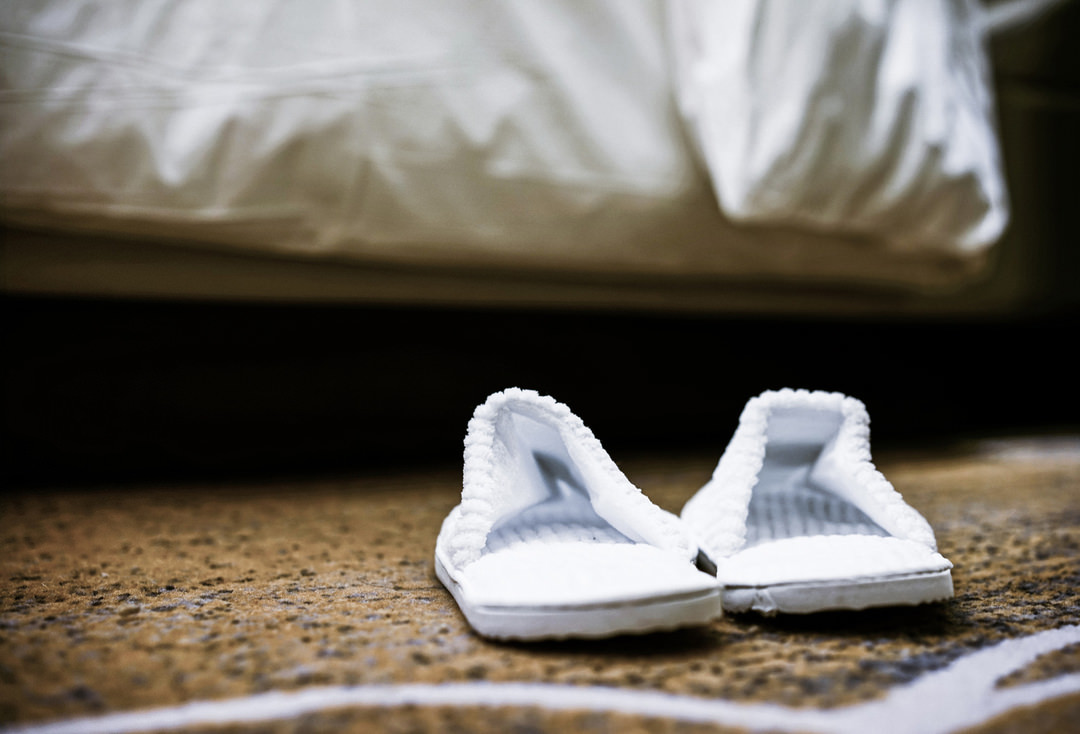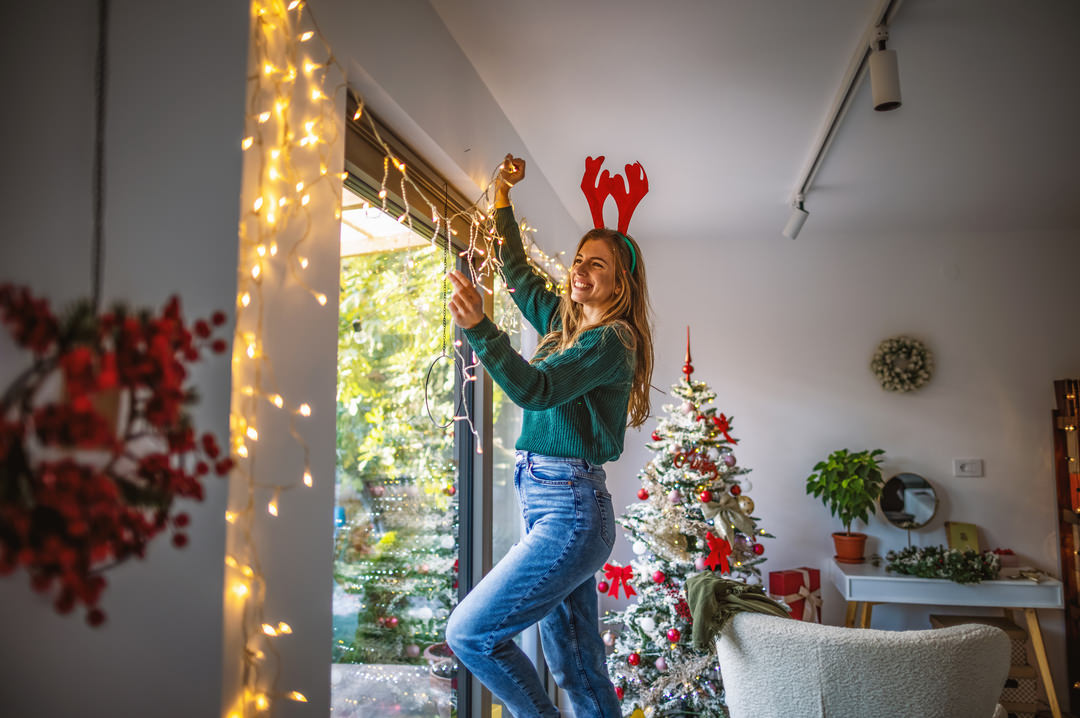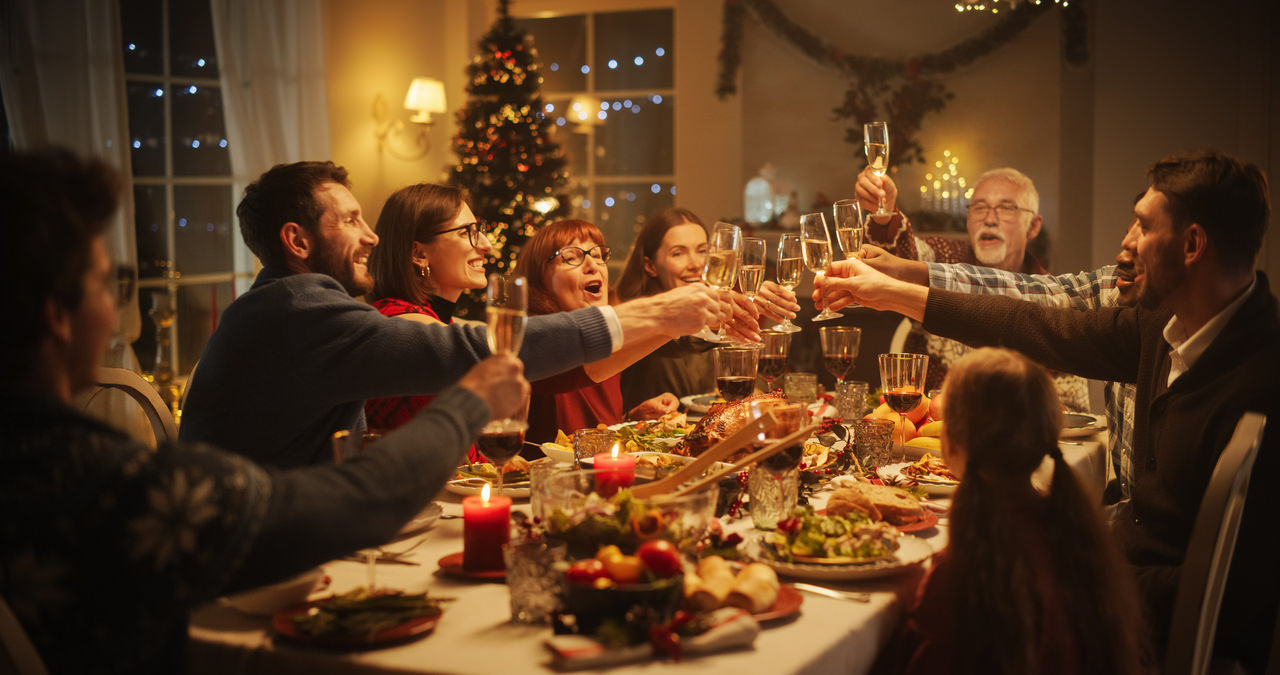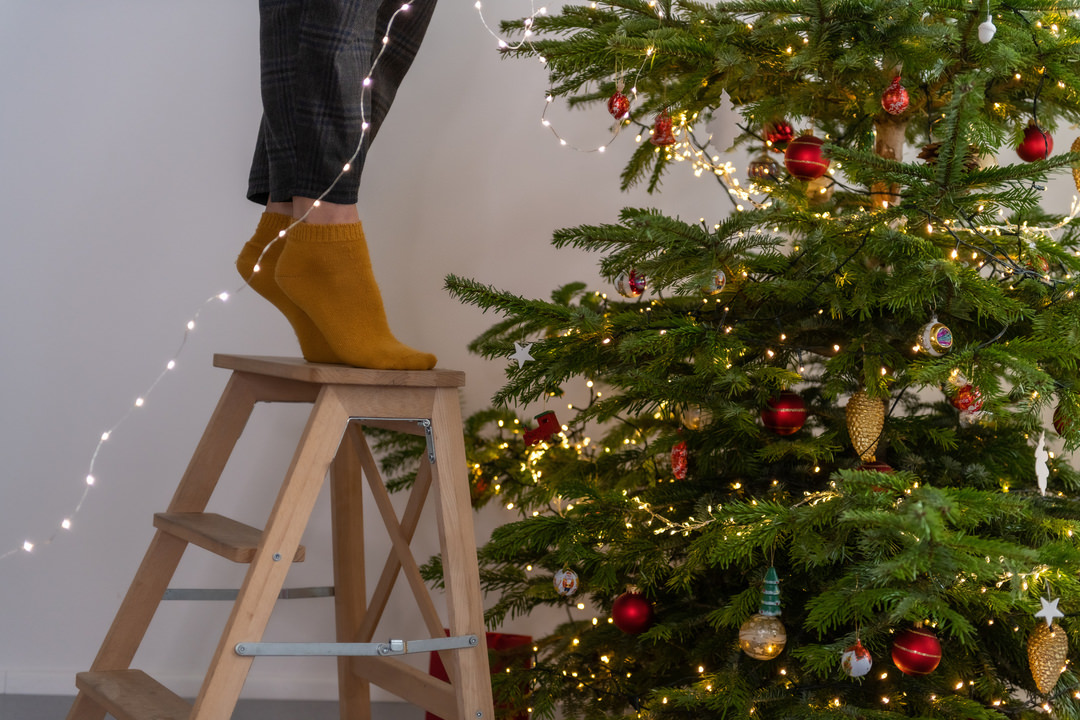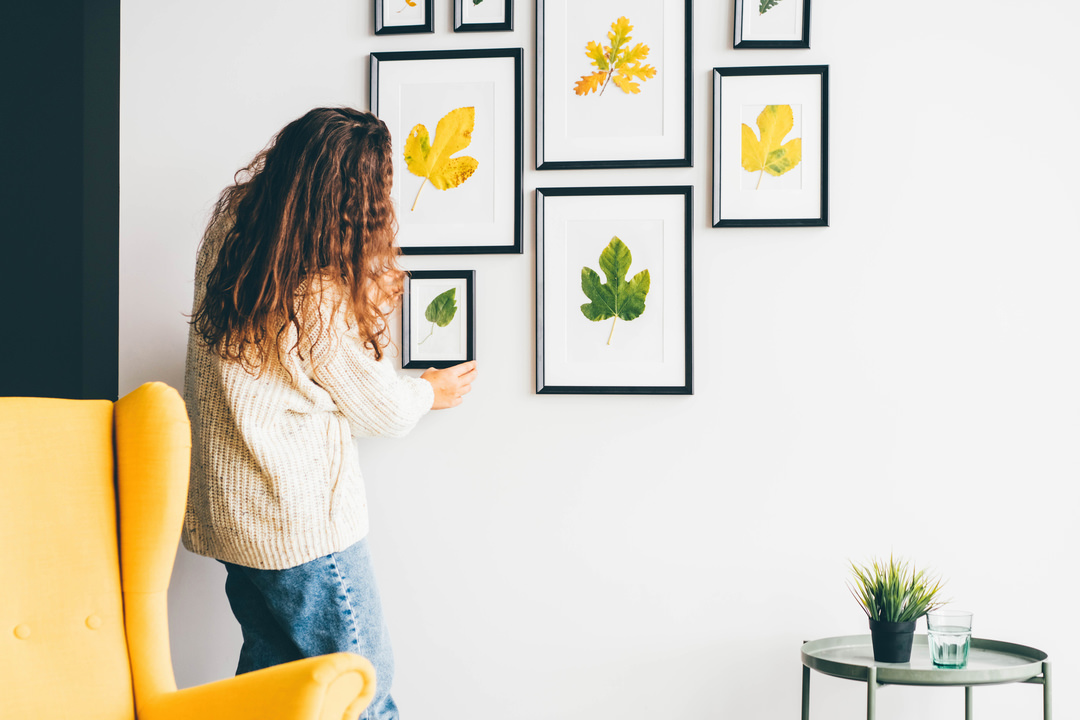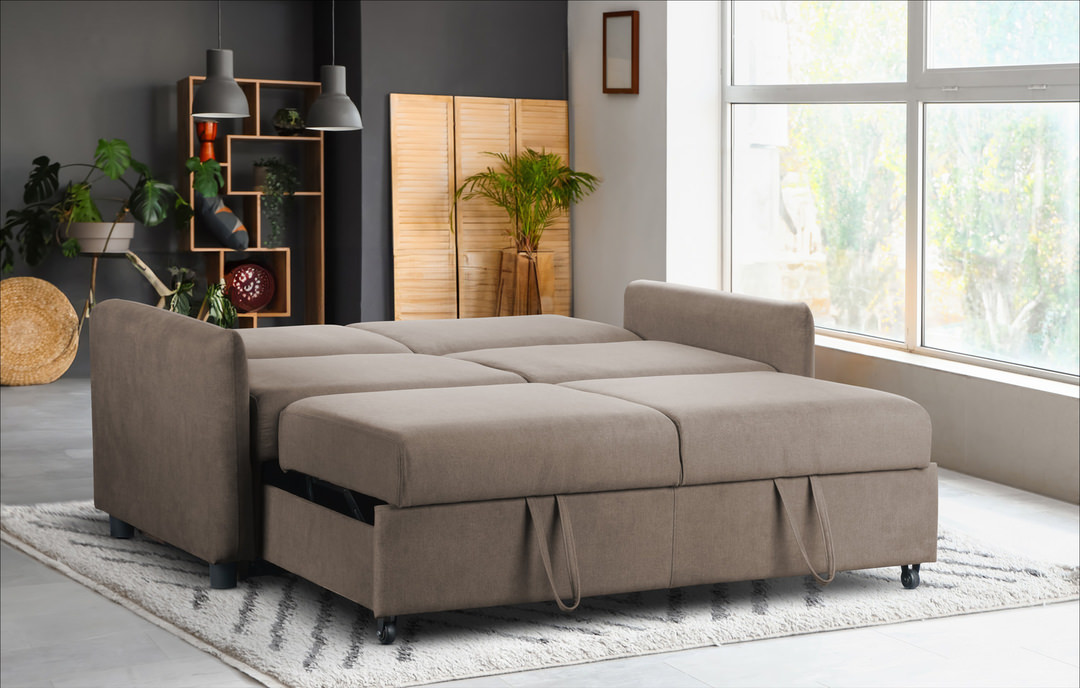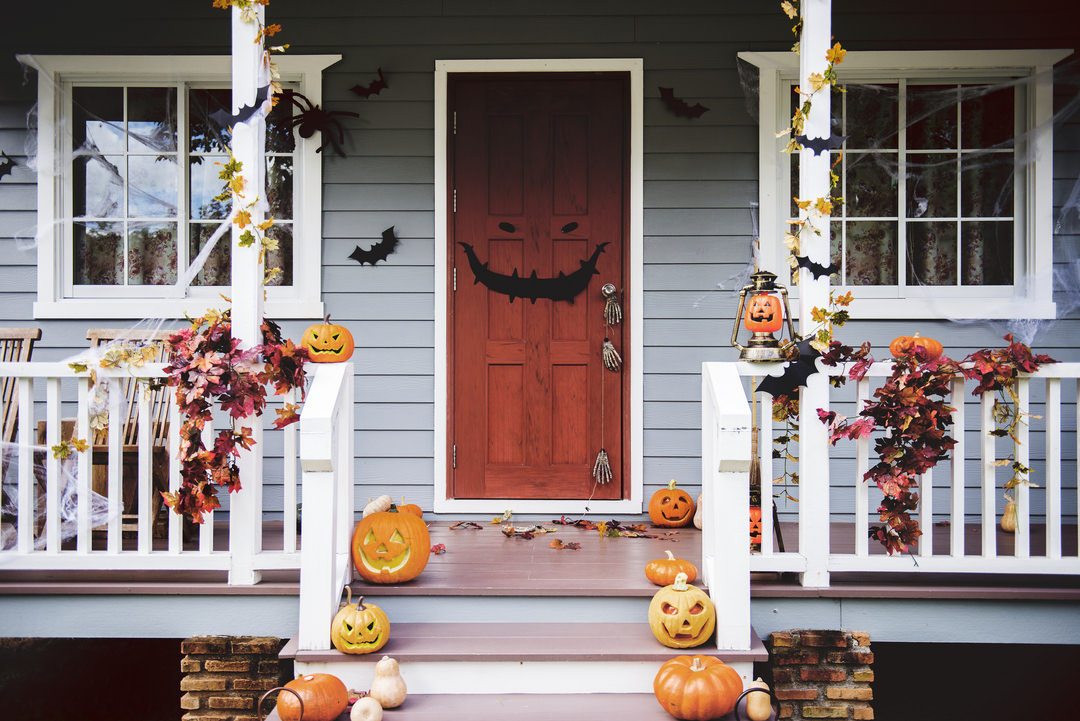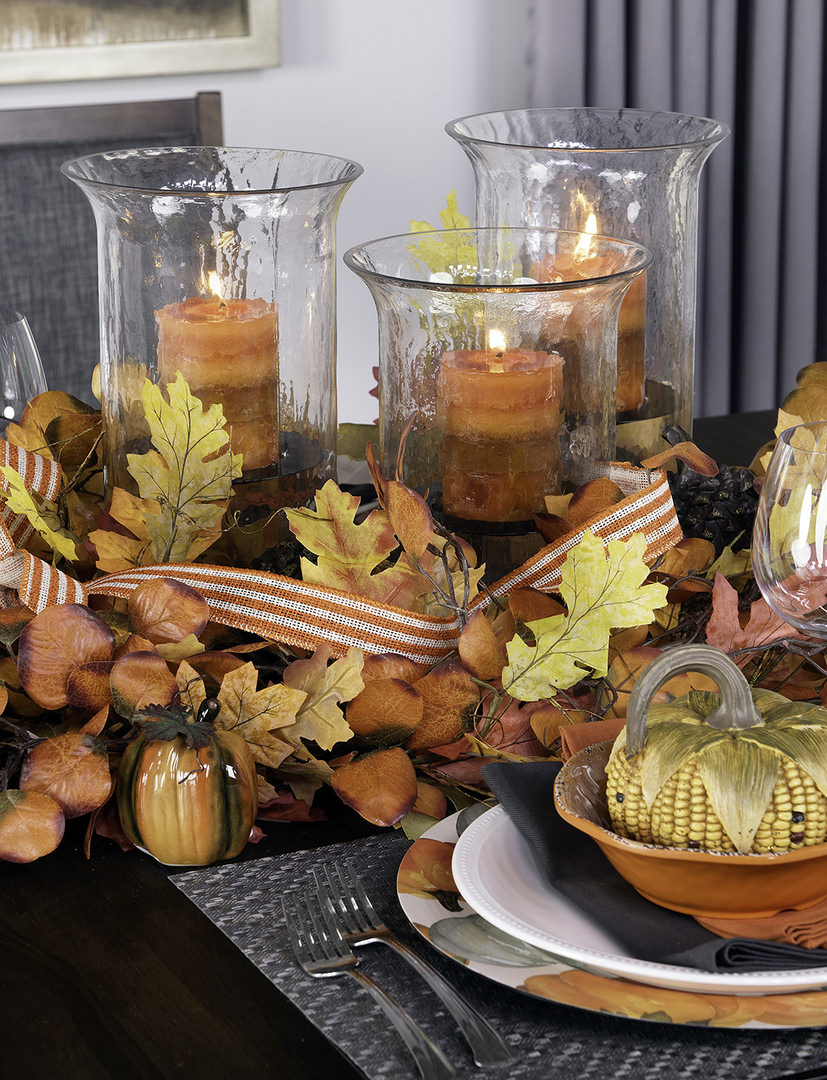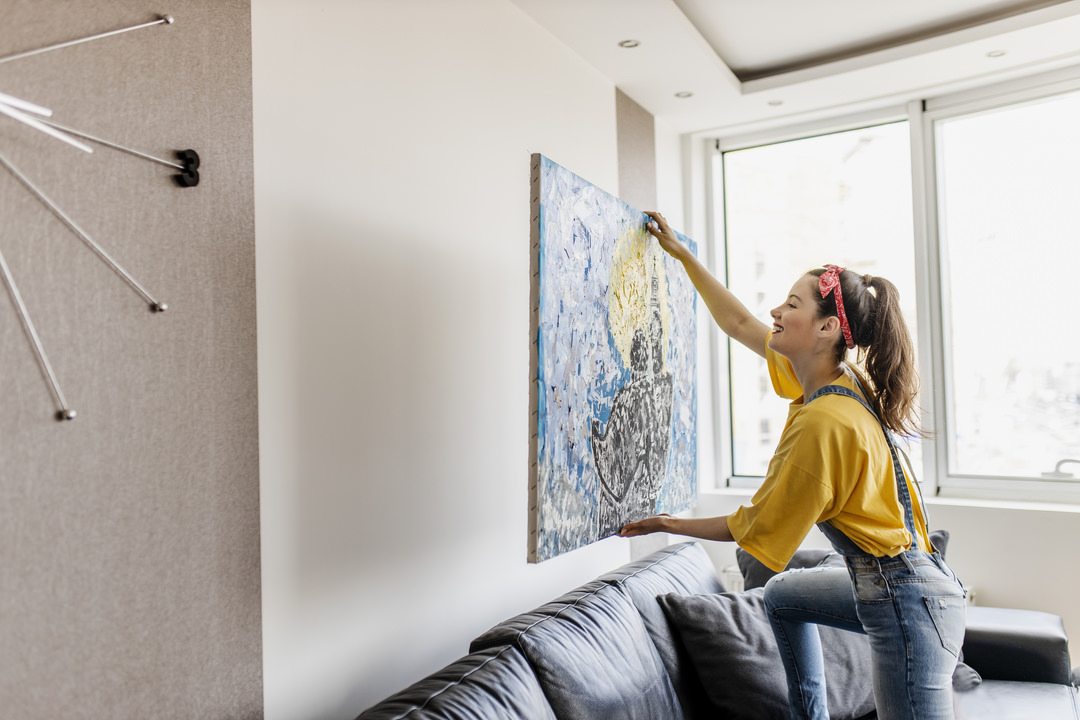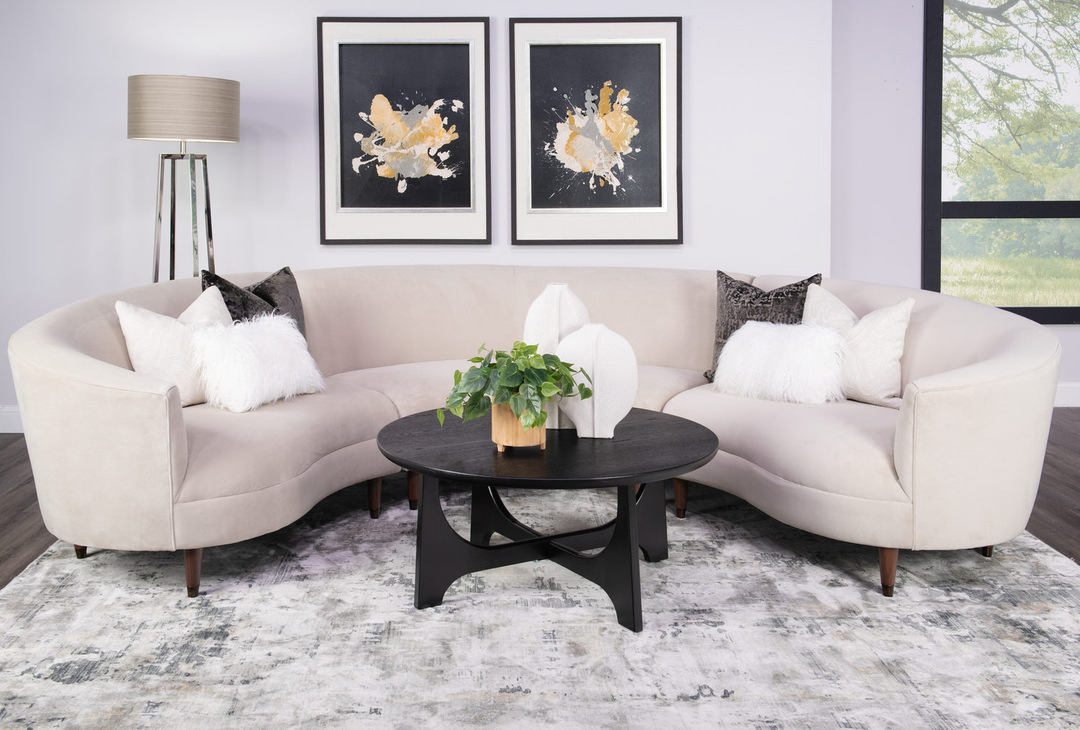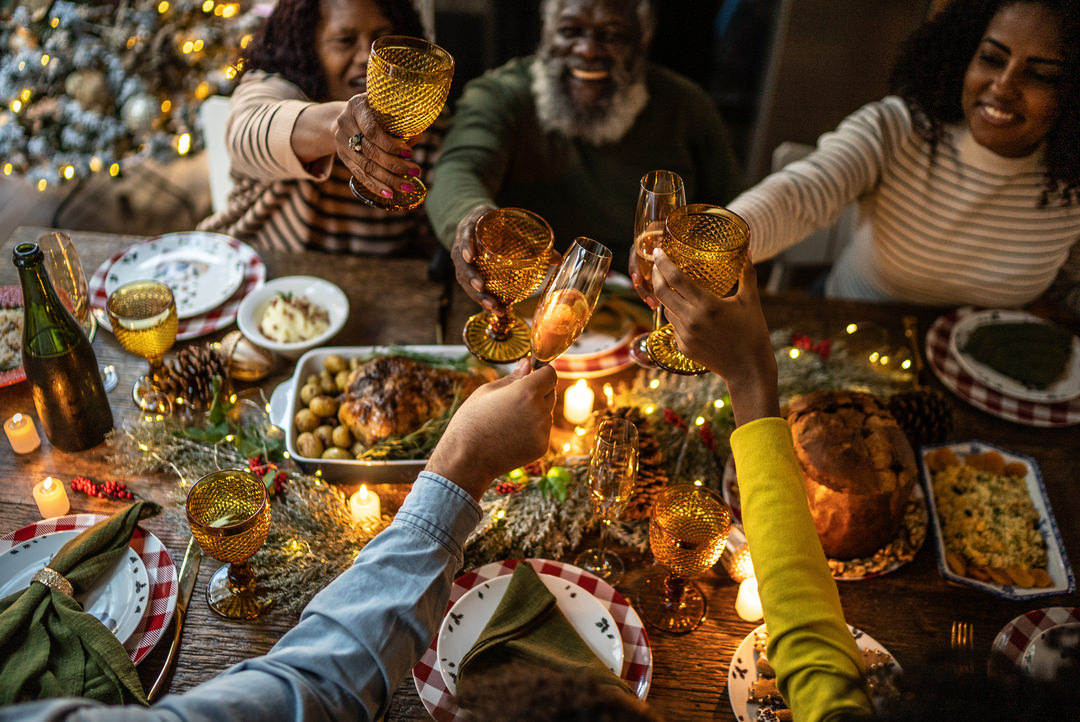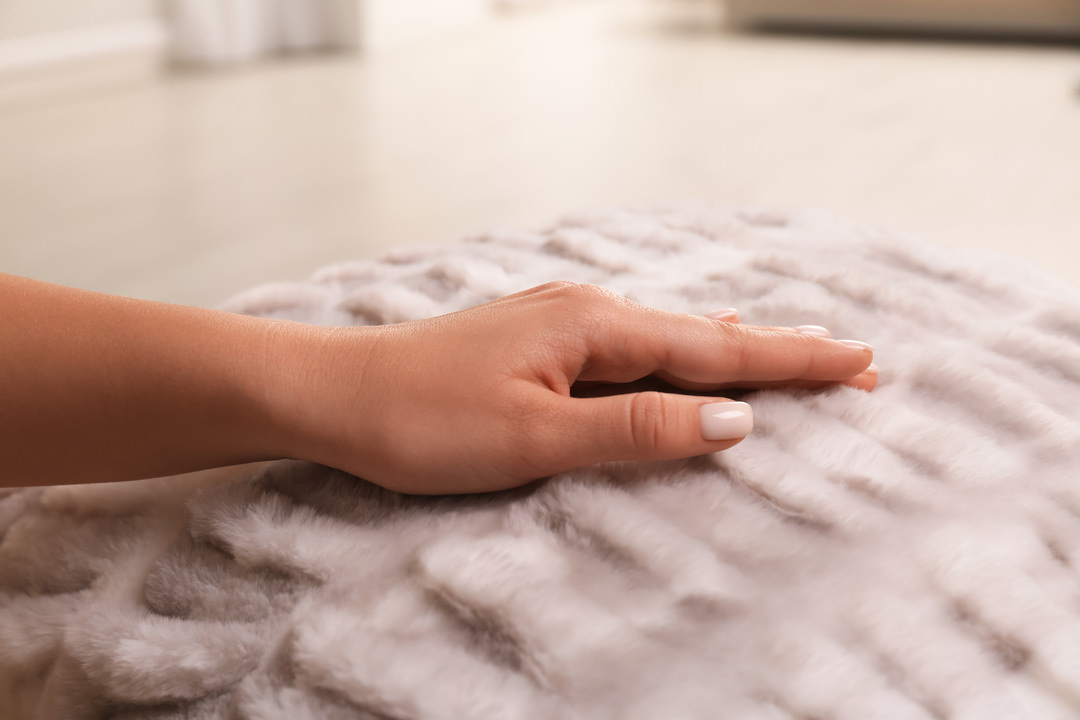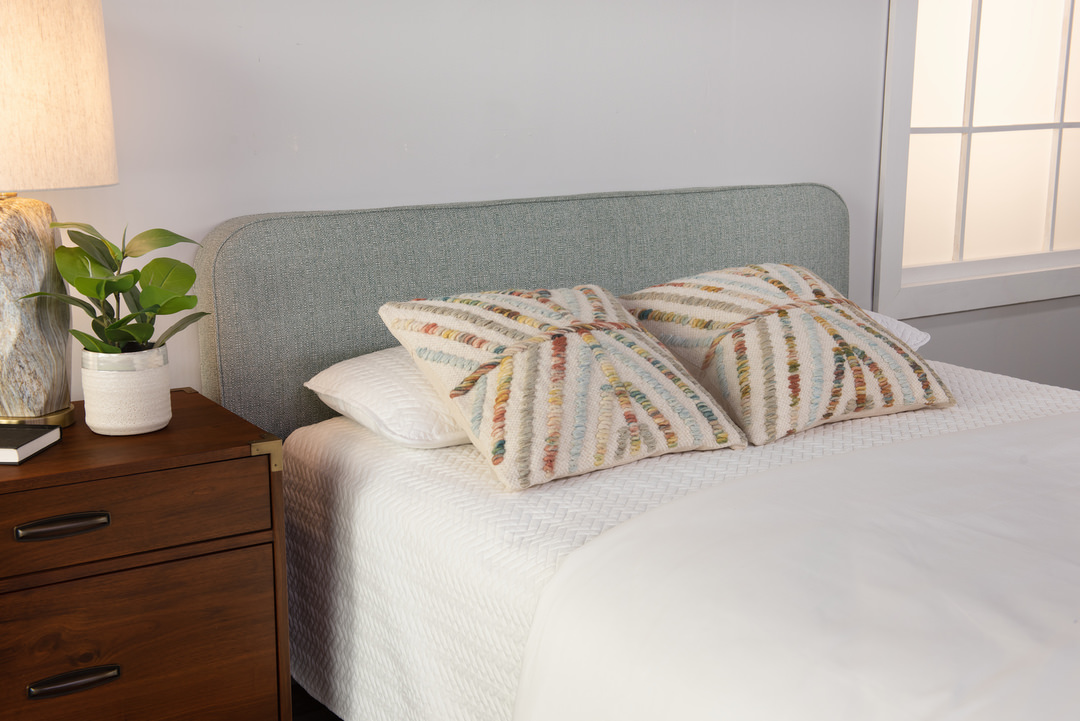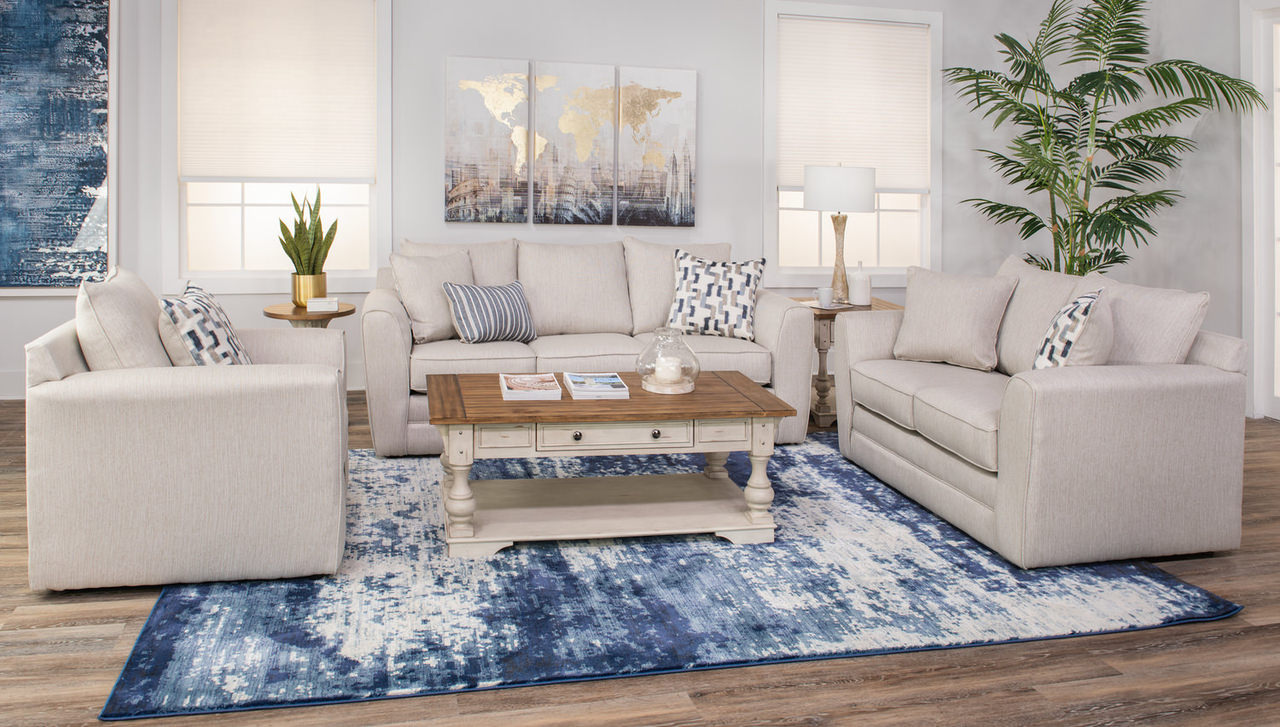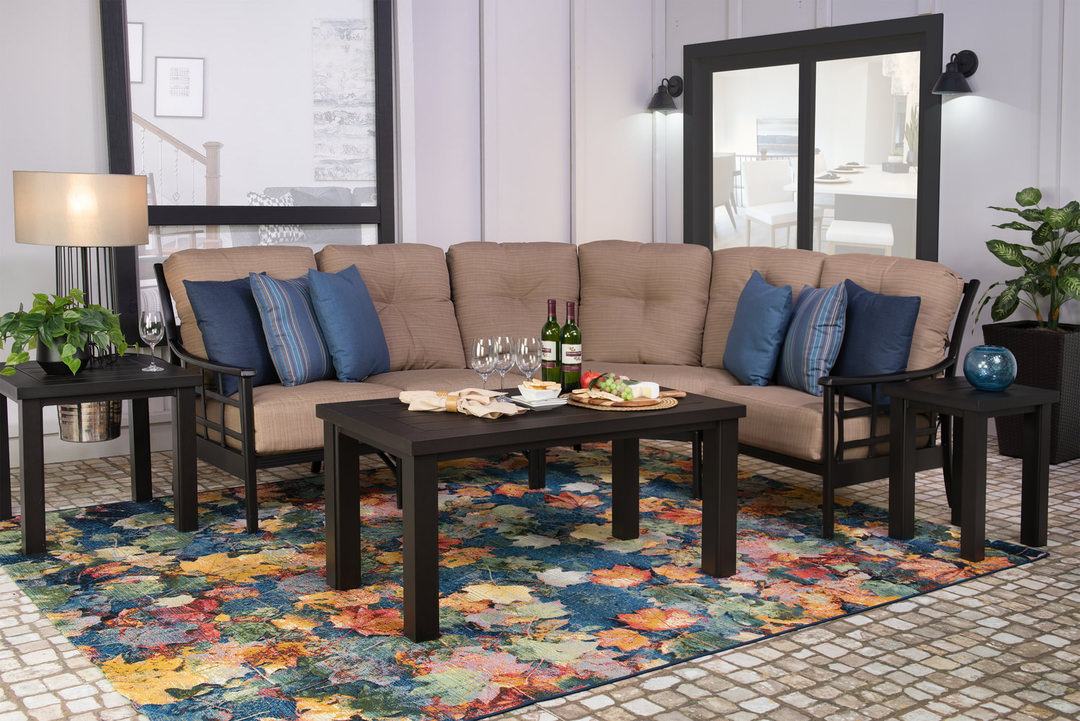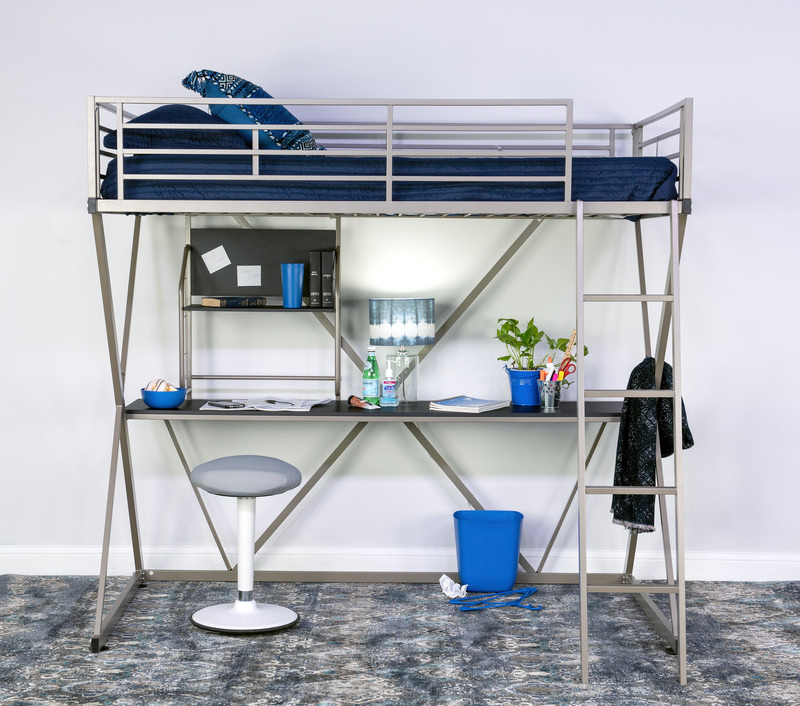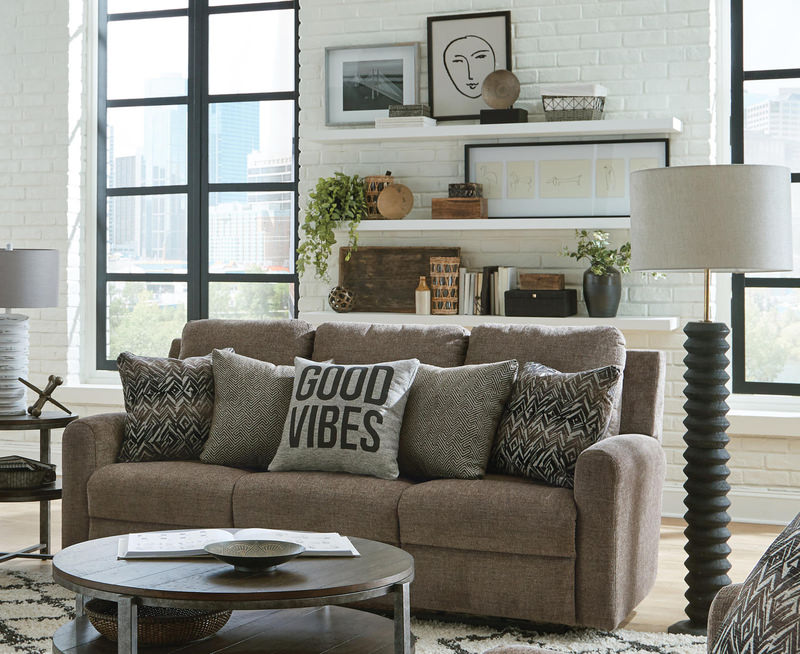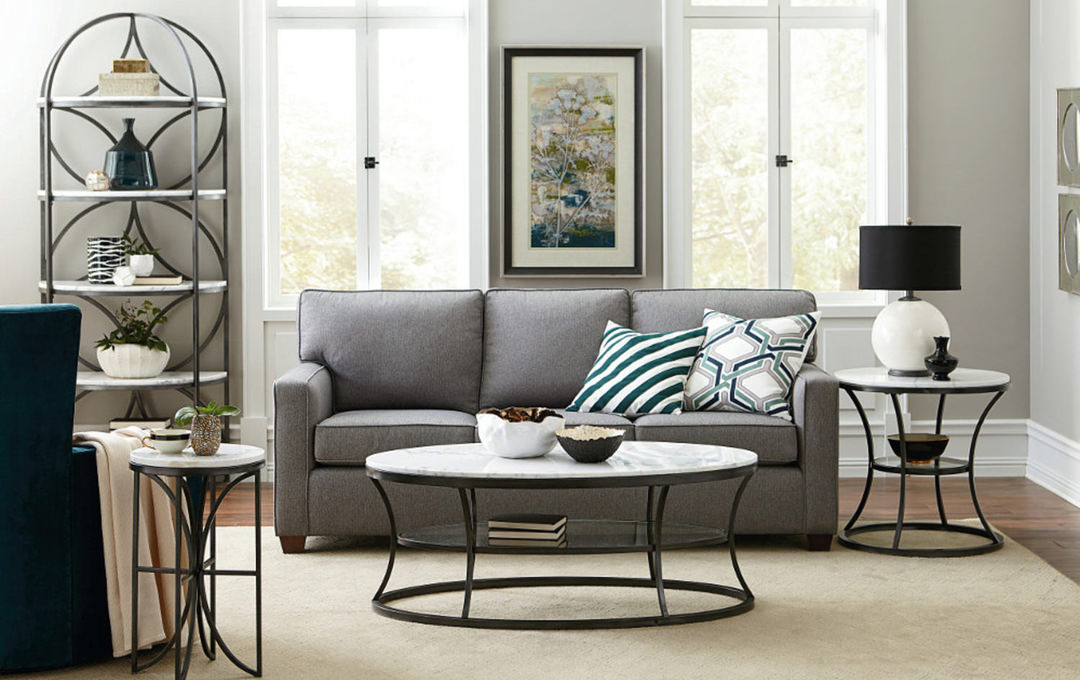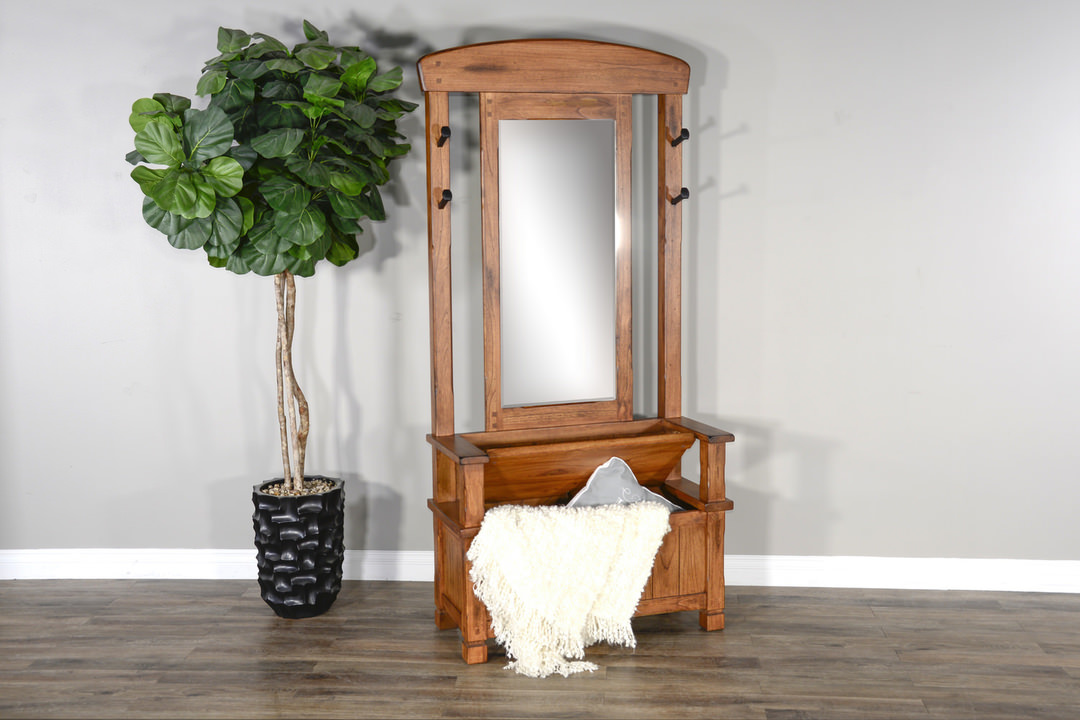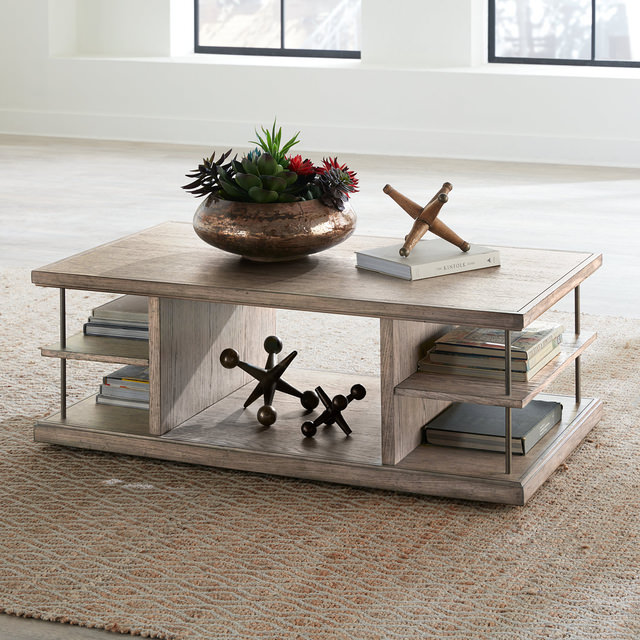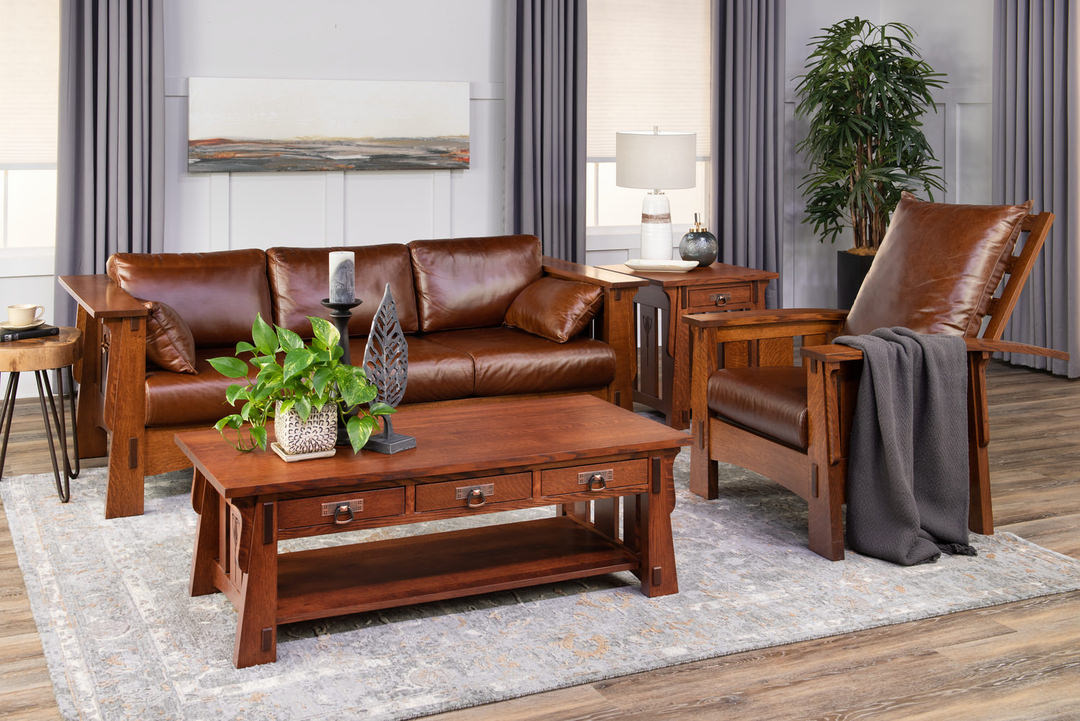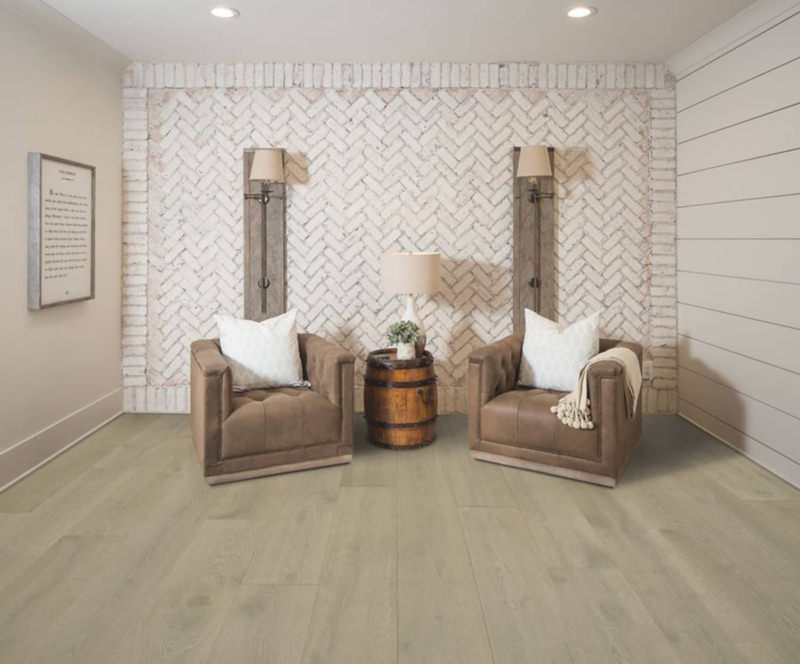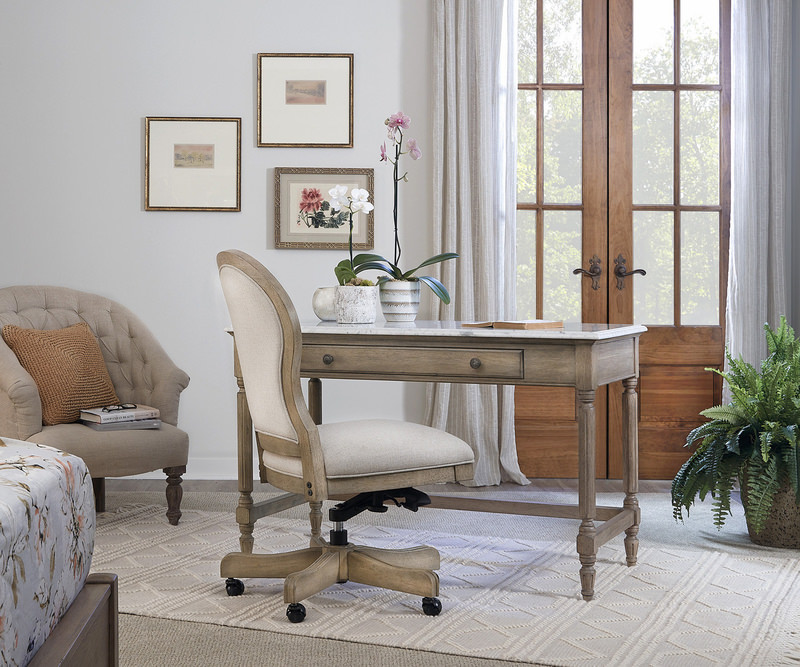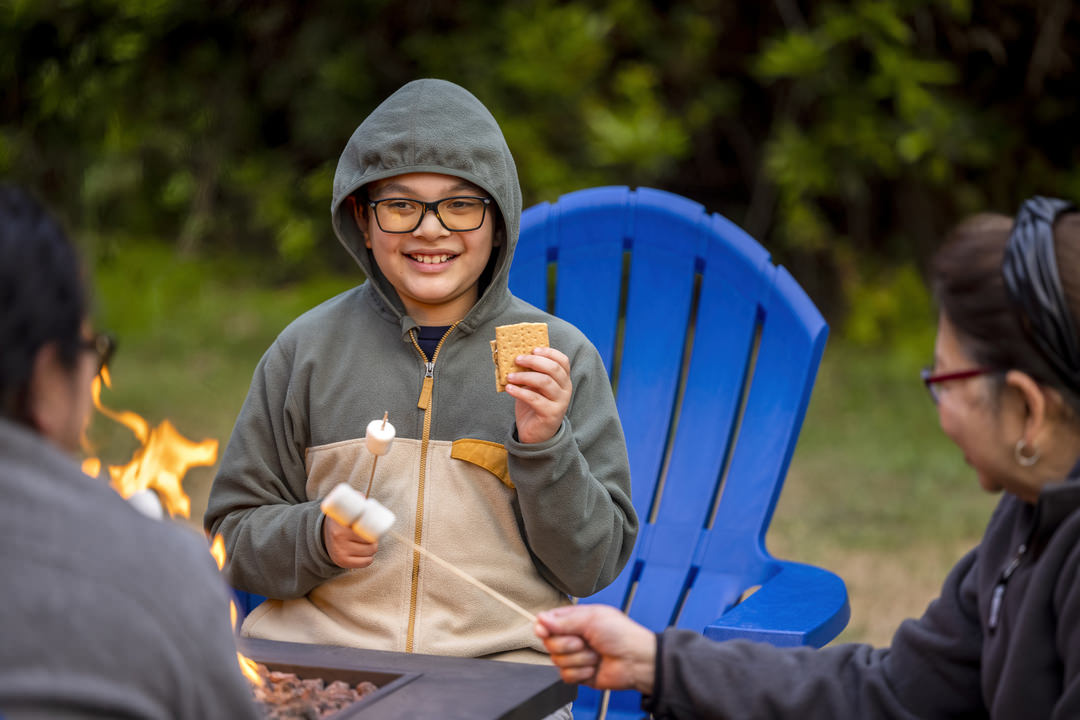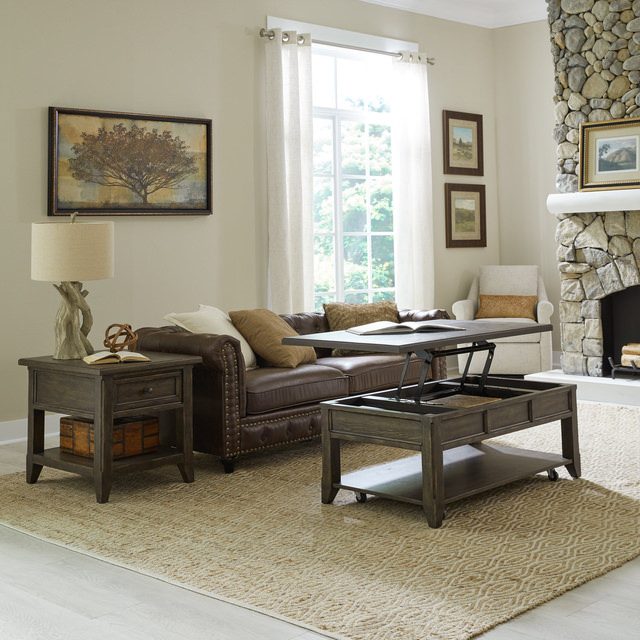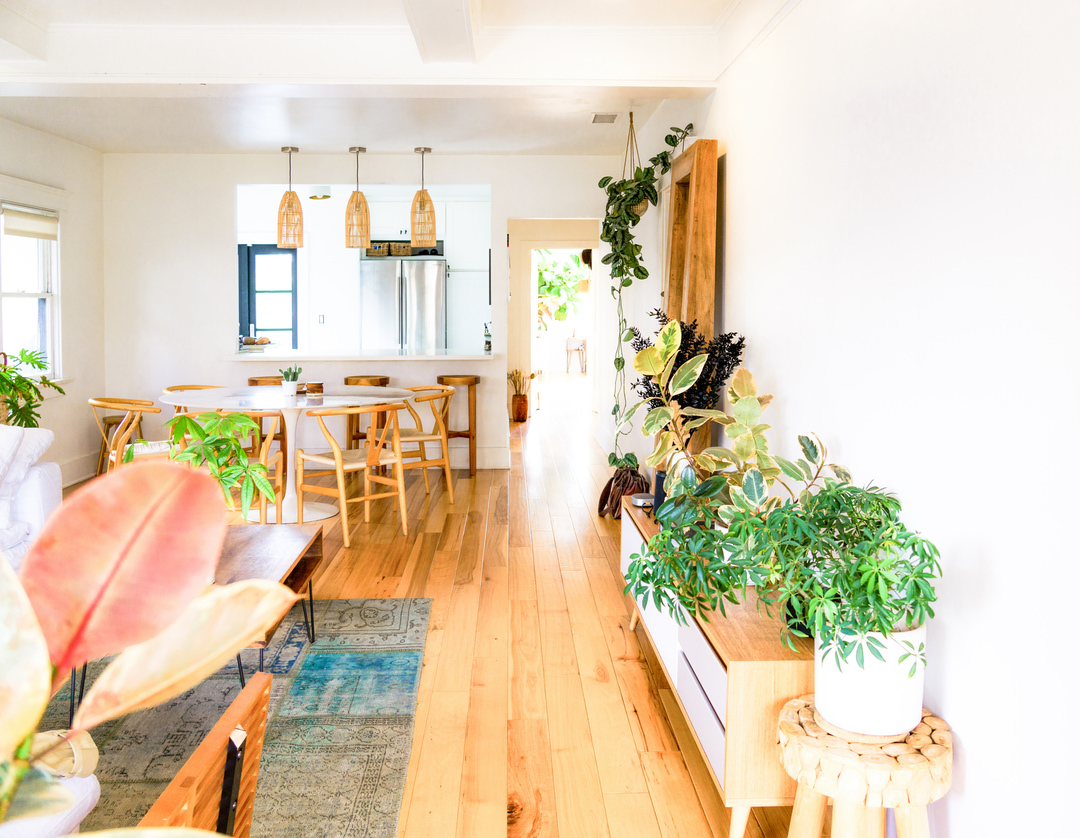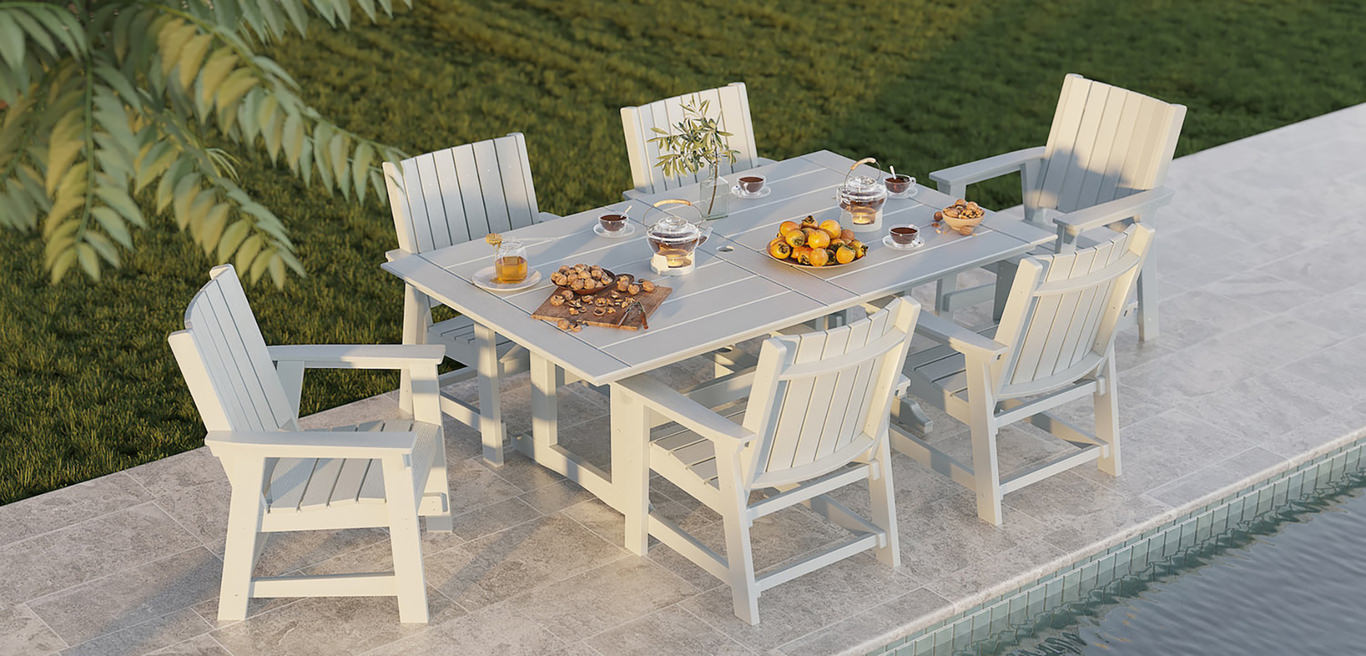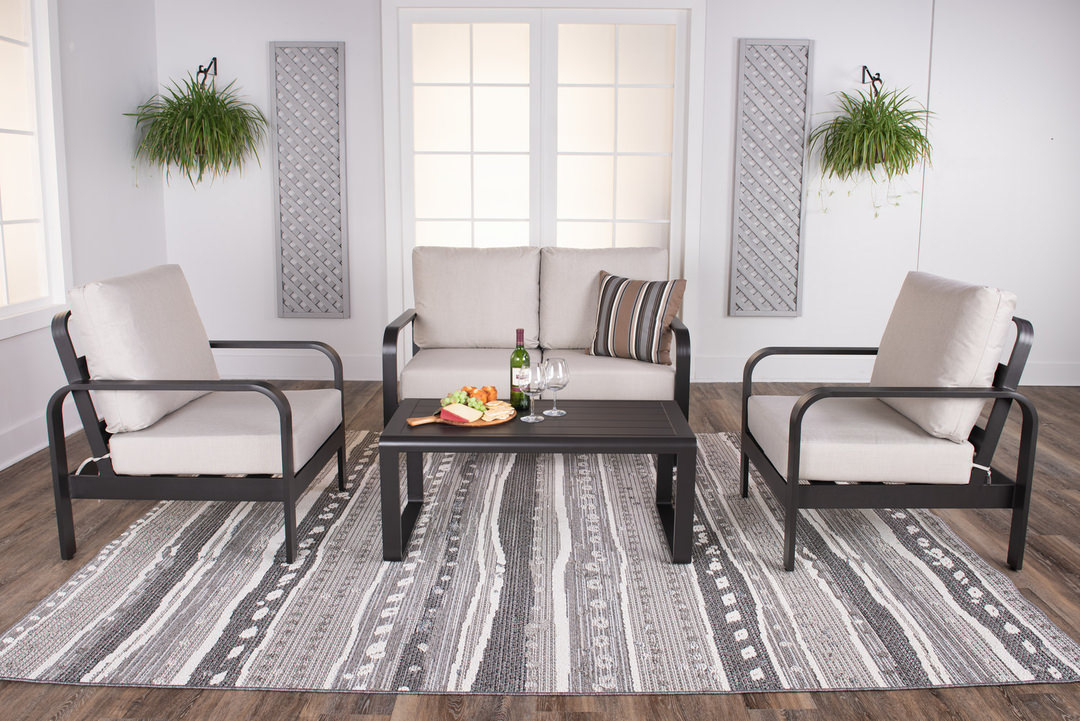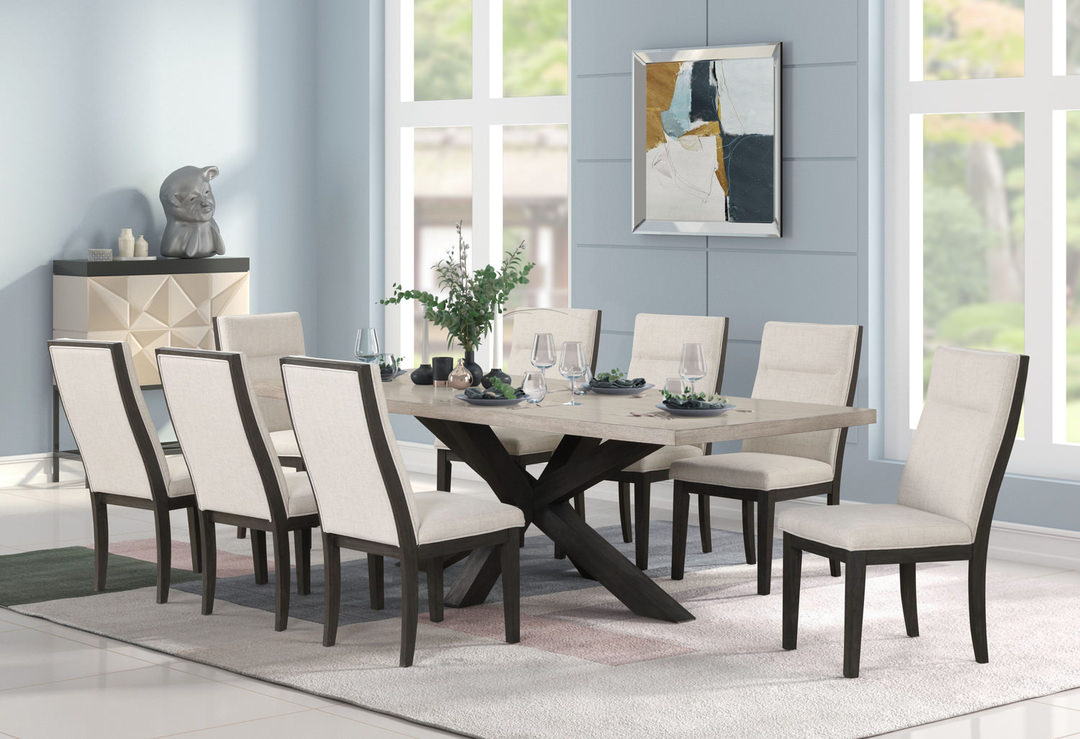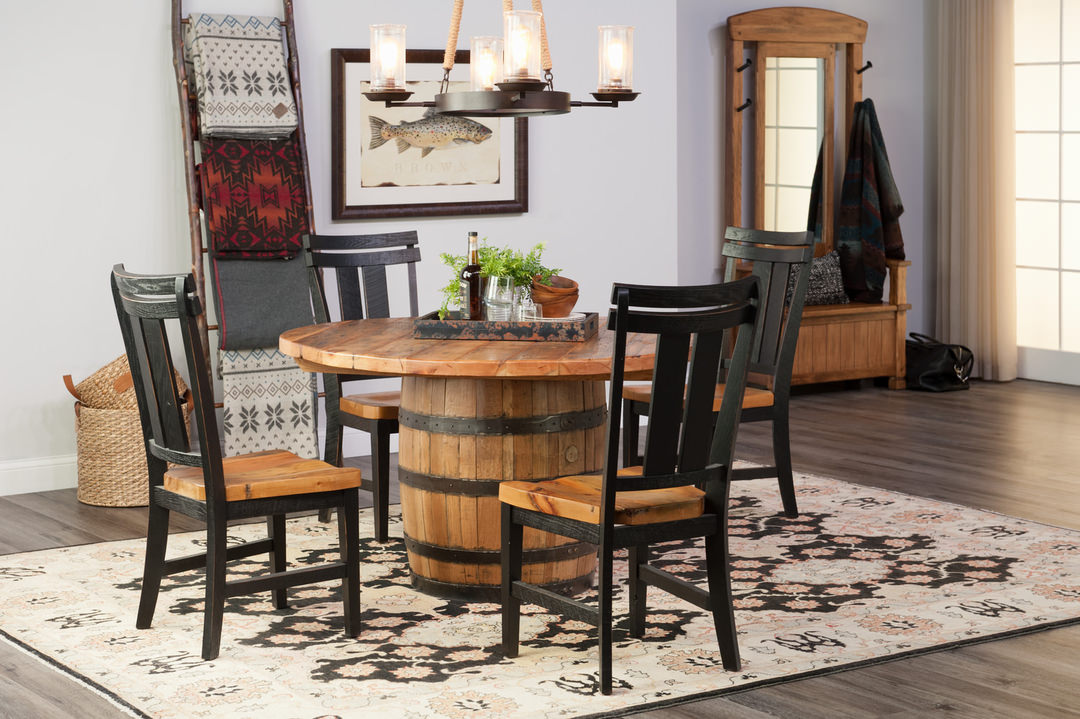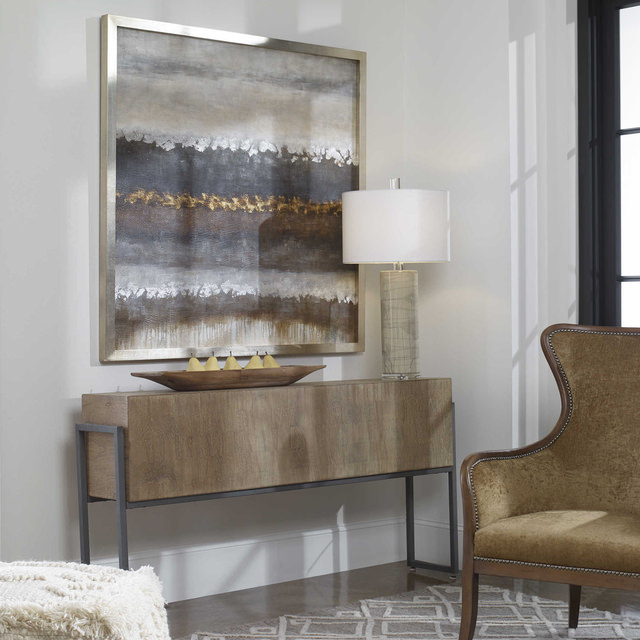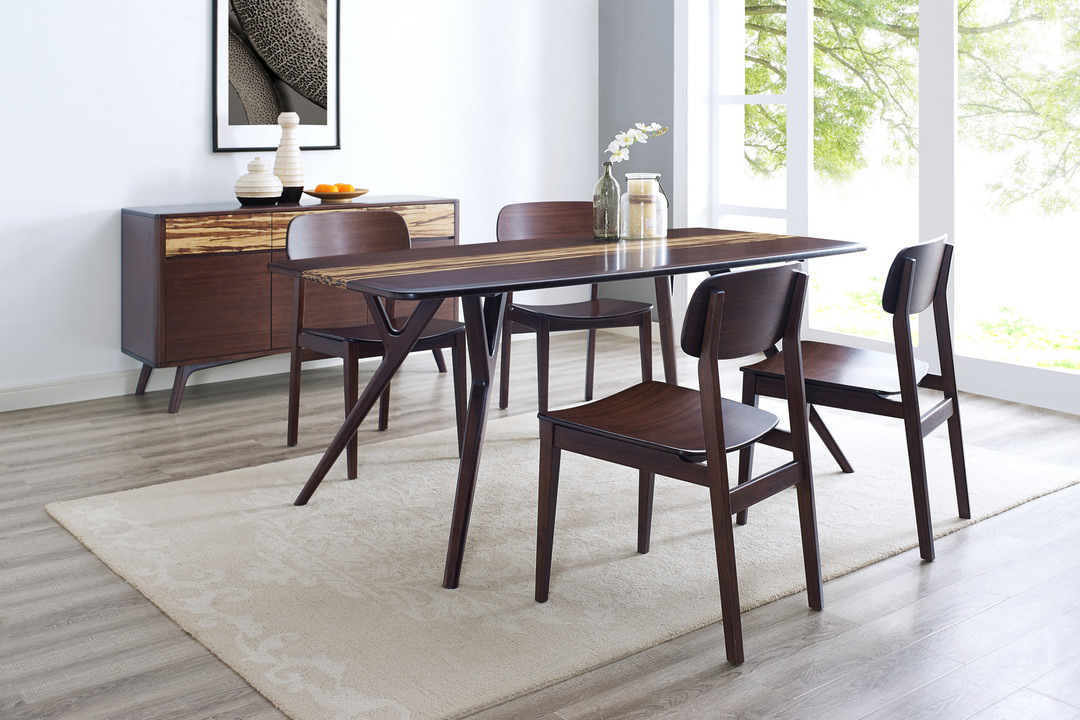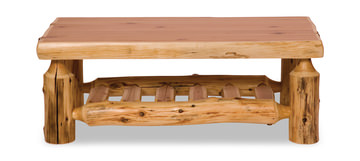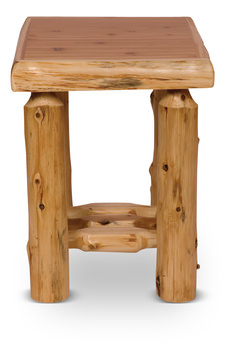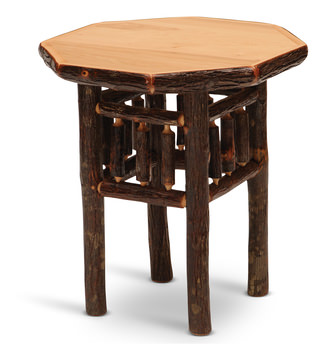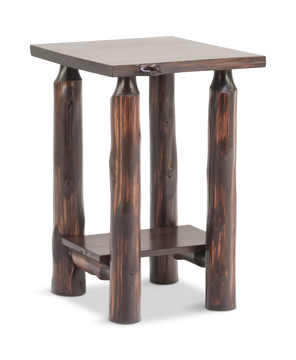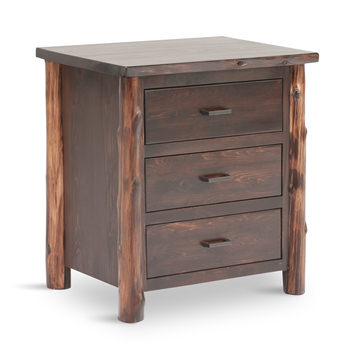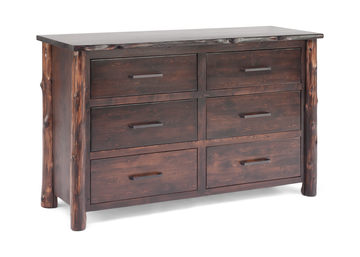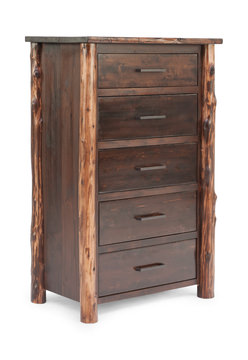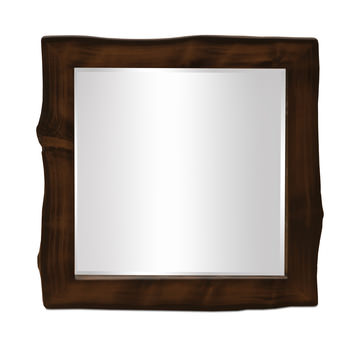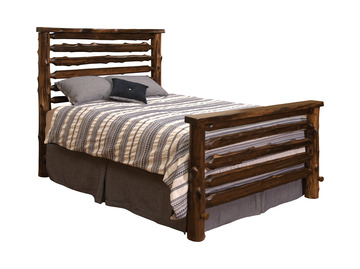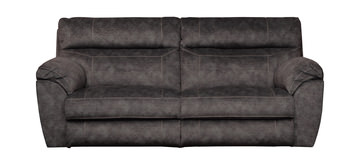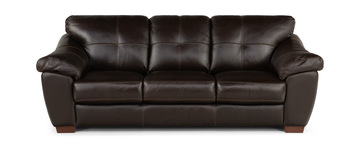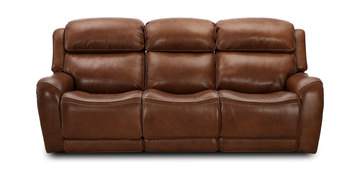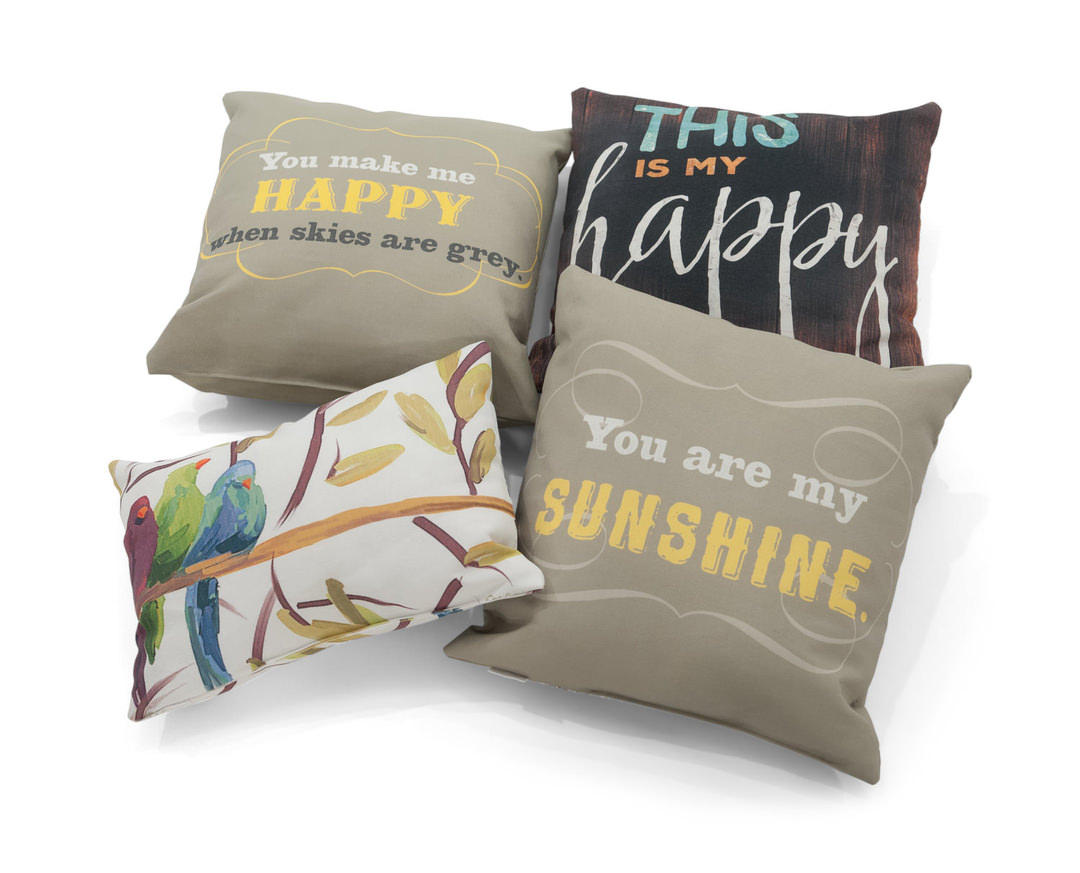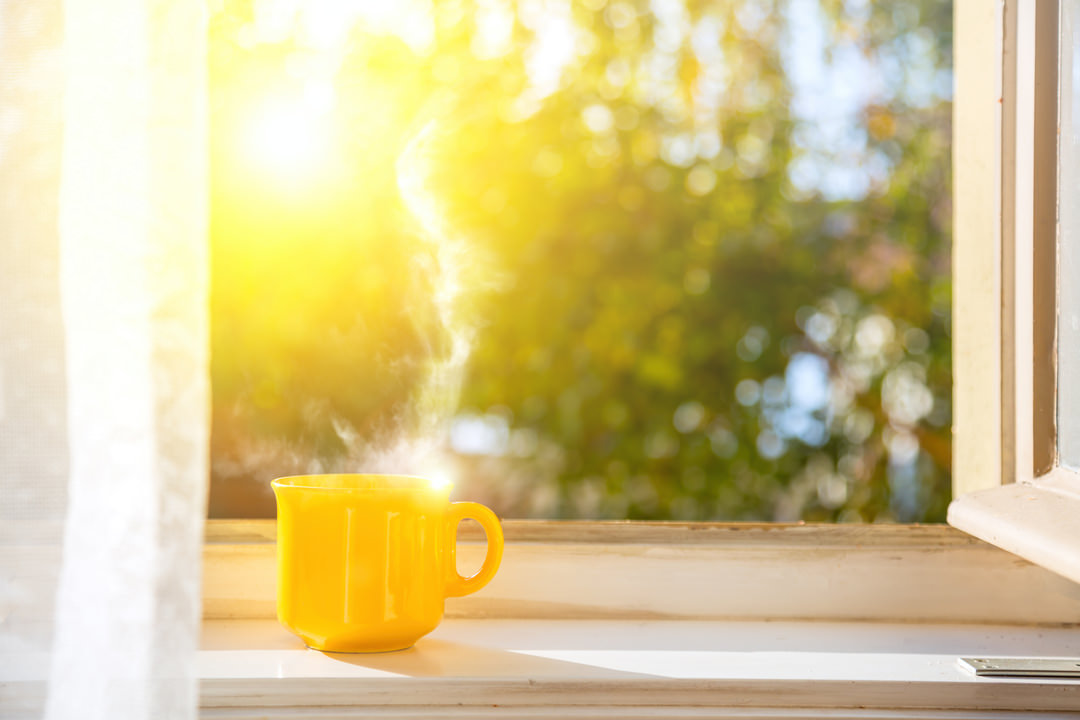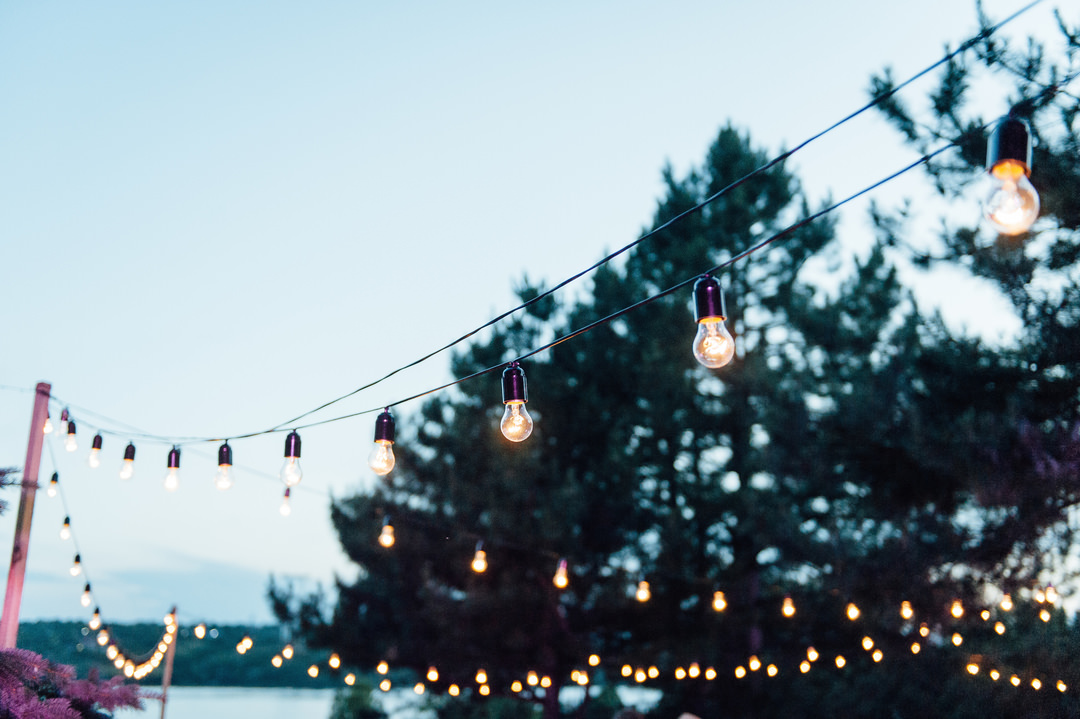Cabin Vibes
Create a cozy vibe at your cabin with rustic furniture and charming accessories.
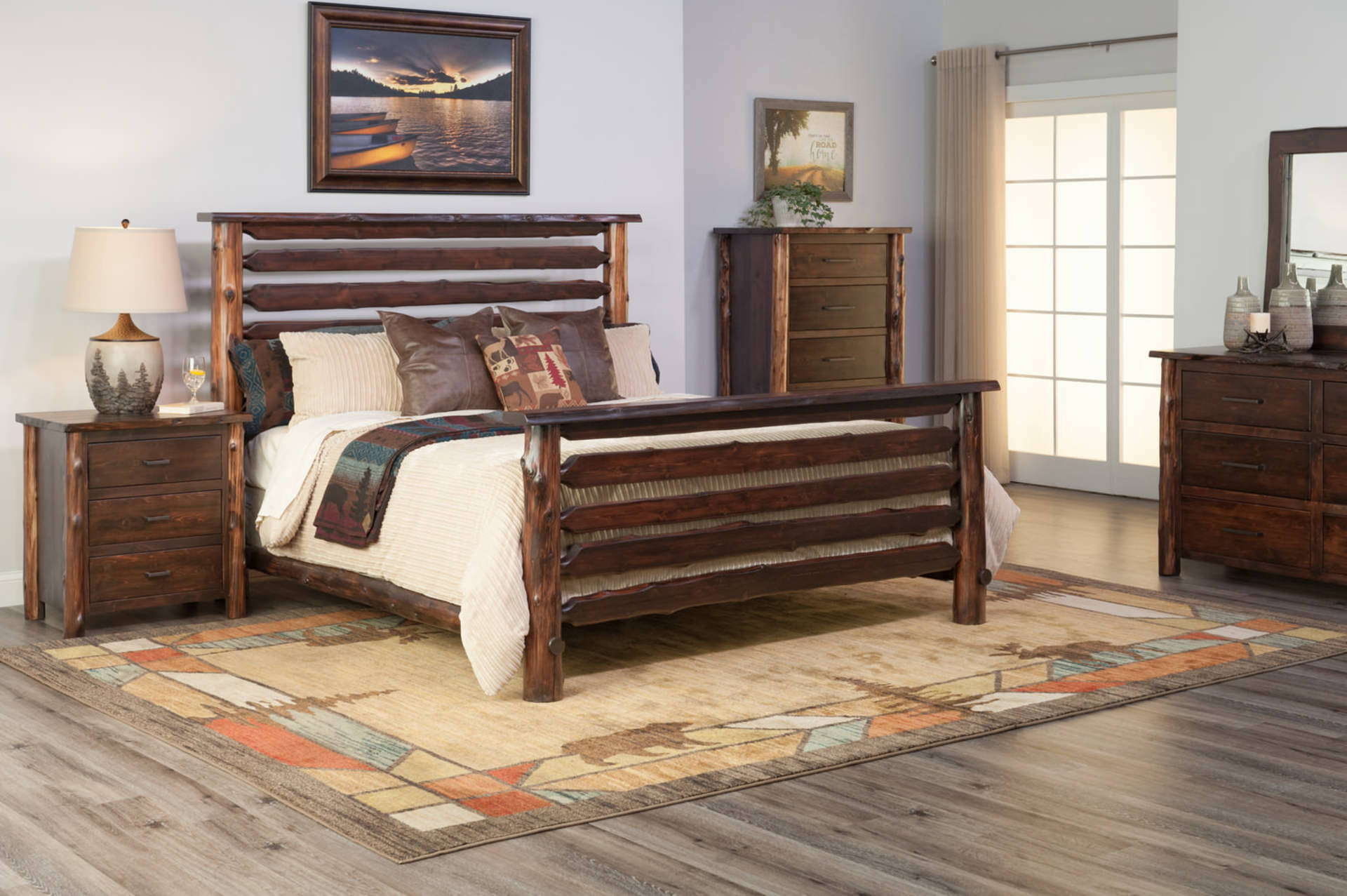
When considering cabin or lodge furniture, the first rule of thumb to understand is that durability and ease of cleaning are as important, or maybe more so, than style. Remember, most of us in the Midwest with cabins and weekend homes only use them a handful of times a year for short vacations and getaways, and nobody wants to walk into their shack after hours on the road to discover a room of dilapidated, dust-covered furniture.
Pushing down that frightful image, we all want nothing more than to arrive at our cabin, throw down our bags, and rest for a moment after a long drive. To that, long-lasting furniture that is easily cleaned becomes an absolute necessity to anyone looking to fill-out or upgrade their rustic living space.
Though style may be taking a backseat to durability, the design of your cabin or lodge furniture still holds importance. Rustic furniture has long been the standard for cabins and woodsy getaways alike, and for good reason; rustic style offers a wide range of options to create a natural living space that can help us relax and unwind. Rustic furniture and décor designs vary, although you may find some common denominators, like the use of browns, greens and yellows coordinating with natural or distressed wooden furniture frames.
Nowadays, log furniture and other rustic furniture for cabins and other getaways come in nearly every make and model one could imagine, making it easier than ever to completely upgrade and transform your getaway.
What’s the Most Essential Cabin Furniture?
An excellent question! Conventional wisdom states that furnishing should begin with a couch, as it serves as the main focal point of most living spaces, then expand from there, taking care to ensure that every piece of cabin furniture in your living space coordinates with your new sofa. (For a cabin couch, consider comfort first. A casual leather sofa, even a lay flat power reclining sofa, can be the perfect design pick and a great spot for those weekend naps.)
As simplistic as this advice may appear on the surface, identifying the focal point of the room and working outward remains as a popular tactic among professional designers. However, what that focal point is and what purpose it will serve depends greatly on the home’s layout and the homeowner’s intentions.
Not all cabins are created equal, and not all living spaces feature a living room at its center. In fact, it is not uncommon for the dining area or kitchen to exist as the home’s center, especially in lake cabins and other homes that are built for entertaining. In the case of a dining area acting as the heart of the home, rustic or other casual dining sets likely represent the optimal choice for your cabin or lodge’s focal point.
Once you decide on the center stage, it's time to branch outward to the rest of the home. Most homes can be broken down into three main areas: living room, dining room and bedroom; the living room and dining room tend to exist in either close proximity or share the same living space. However, a bedroom almost always exists on its own.
Considering this, a bedroom does not necessarily need to coexist stylistically with the rest of the home, giving you the freedom to create a personal, relaxing retreat in your bedroom that’s just what you want to escape to during your time off.
Like with the living room or dining room, a cabin bedroom should focus on the bed first, then branch out from there. There are many different styles that can create a getaway feel, perfect for a bedroom in a cabin or weekend home. For instance, a bed featuring log or reclaimed wooden frames, with nature-inspired accessories like deep green covers and pillows, can help create a lovely forest ambiance.
In terms of log cabin furniture, the best choices should be durable and comfortable. Rustic style furniture, such as log furniture and cozy leather sofas, is the perfect option to design your ideal home away from home. Don’t forget home décor that will suit your weekend getaway, such as cabin themed throw pillows and nature inspired wall art.
